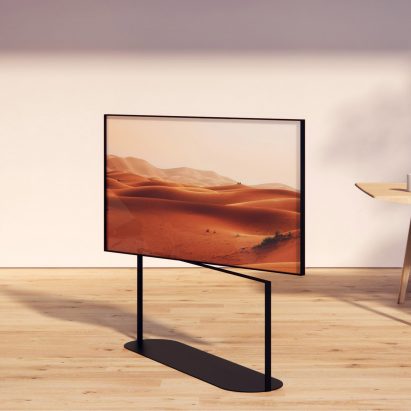
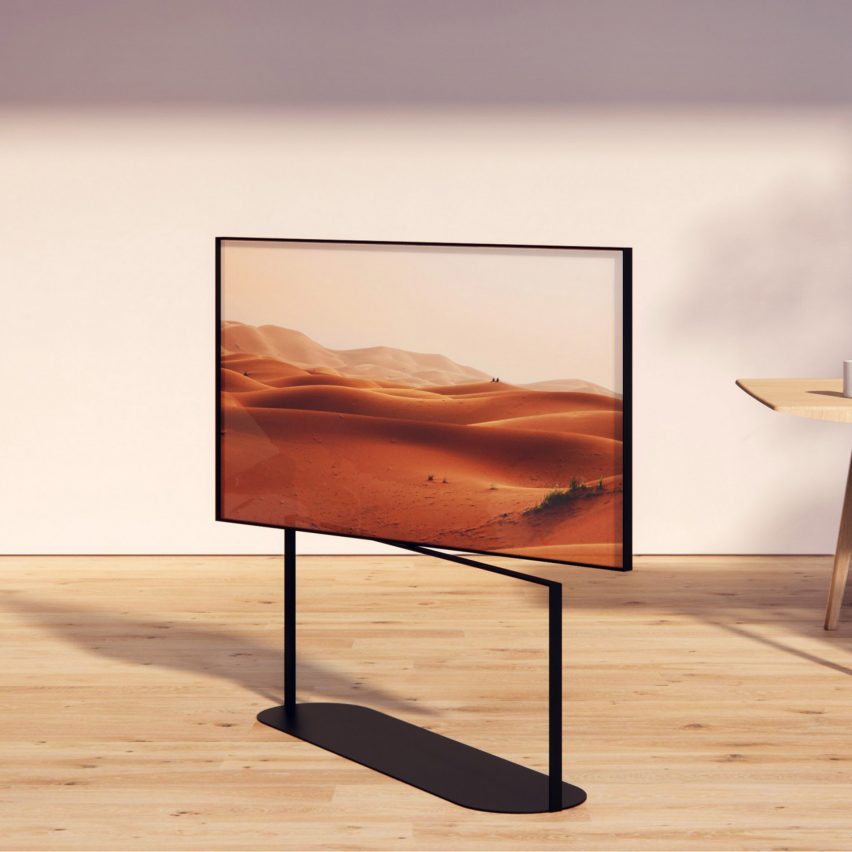
Televisions that fold into lamps, cabinets with digital displays for doors and screens that roll up into speakers are among the designs shortlisted in Dezeen and LG Display's OLEDs Go! competition, which called for creative uses for OLED technology.
Over 300 entrants from more than 45 countries around the world entered the second edition of the contest, which challenged participants to create beautiful and innovative designs using OLED technology to enrich people's changing lifestyles.
OLED stands for organic light-emitting diode and is typically used for digital displays on products such as televisions and smartphones. Entrants had to come up with designs that would make the most of OLED's key qualities, such as its lightness and thinness and the possibility for OLED panels to be flexible or transparent.
Twenty designs have now been shortlisted and are in the running for a share of the €88,000 prize pot. The finalists will be revealed in April 2022 and the winner announced in June 2022.
The winner will receive a top prize of €35,000, the runner up will receive €20,000, third place will win €15,000, fourth place will win €10,000 and fifth place will win €8,000.
The shortlisted entries are listed below in the order that they were submitted.
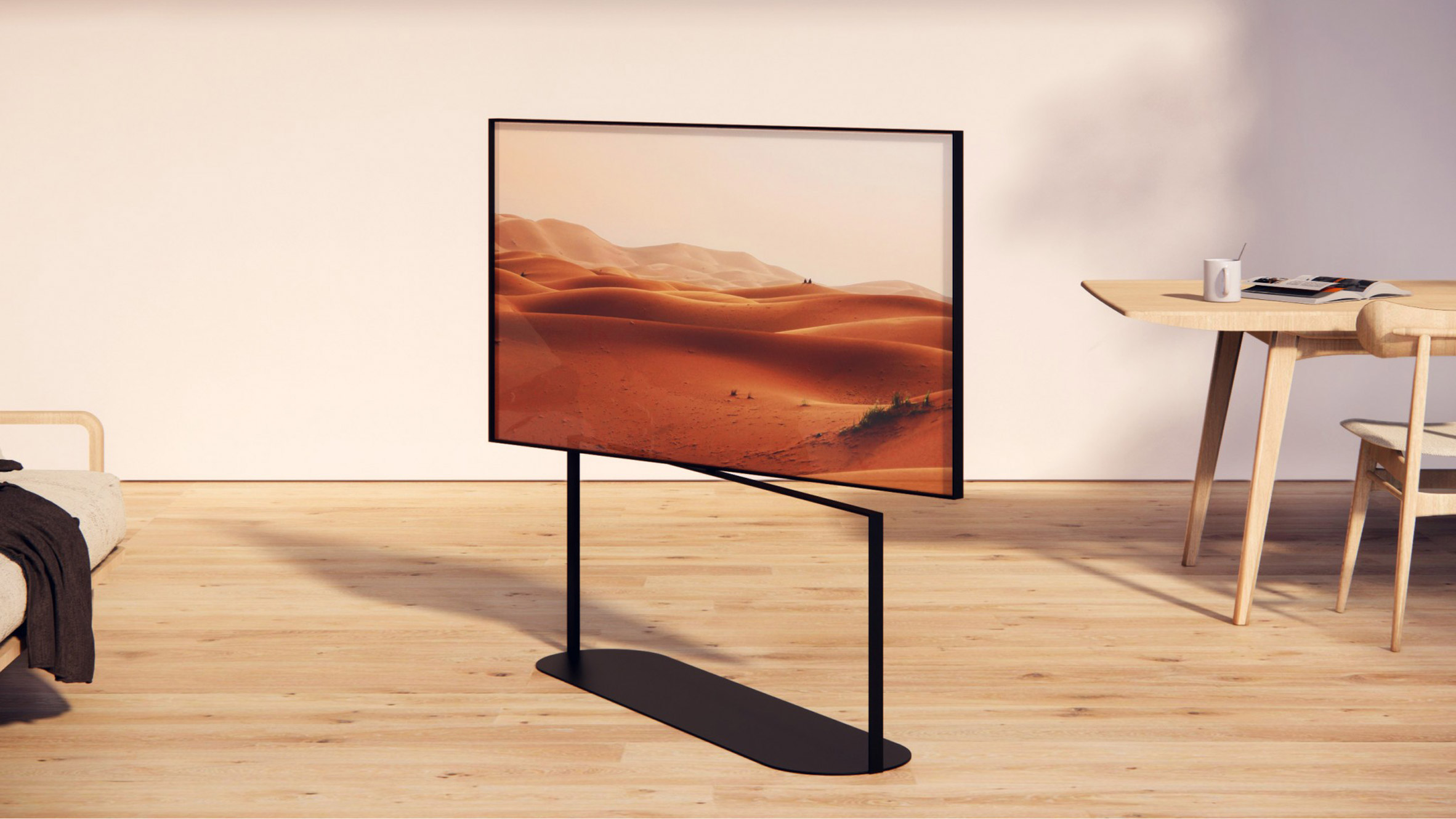
Portal by Thomas Grannells
Shanghai, China
Thomas Grannells' design is an ultra-thin, lightweight and transparent OLED television that doubles as a partition to delineate space in open-plan homes. The television can be rotated to be viewed from any angle, which can be controlled manually or via a remote control.
It features an anodized metal frame and stand, which conceal cables through a cavity. Its frame and stand come in black, white, silver matt or silver polished finishes.
Portal is designed in three sizes: a large model, a freestanding model and a small model designed to rest on a table, desk or TV console.
"Portal is designed for active and diverse lifestyles," said Grannell. "Cooking tutorials for the kitchen, gaming for the living room, films for the bedroom, video conferencing for the home office or exercise routines for a home workout – depending on its orientation, Portal caters for a variety of use cases throughout an active day."

Vela by Gabriele Panciera
Milan, Italy
Vela is a foldable OLED television suspended from the ceiling via a vertical hanging system designed by Gabriele Panciera. The structure is mounted to the ceiling and held in place with a concrete weight that rests on the floor.
The suspension system is informed by the rod structures found in sailboats and mimics the way the sail of a boat can be adjusted to be opened and closed or moved up and down. These adjustments are made via two handles placed behind the screen.
The back of the television is upholstered with a fabric cover and is lined with a thin tube light that creates atmospheric lighting in the room.
"Vela has been designed for people who love relaxing at home, reading a book or watching television," said Panciera.
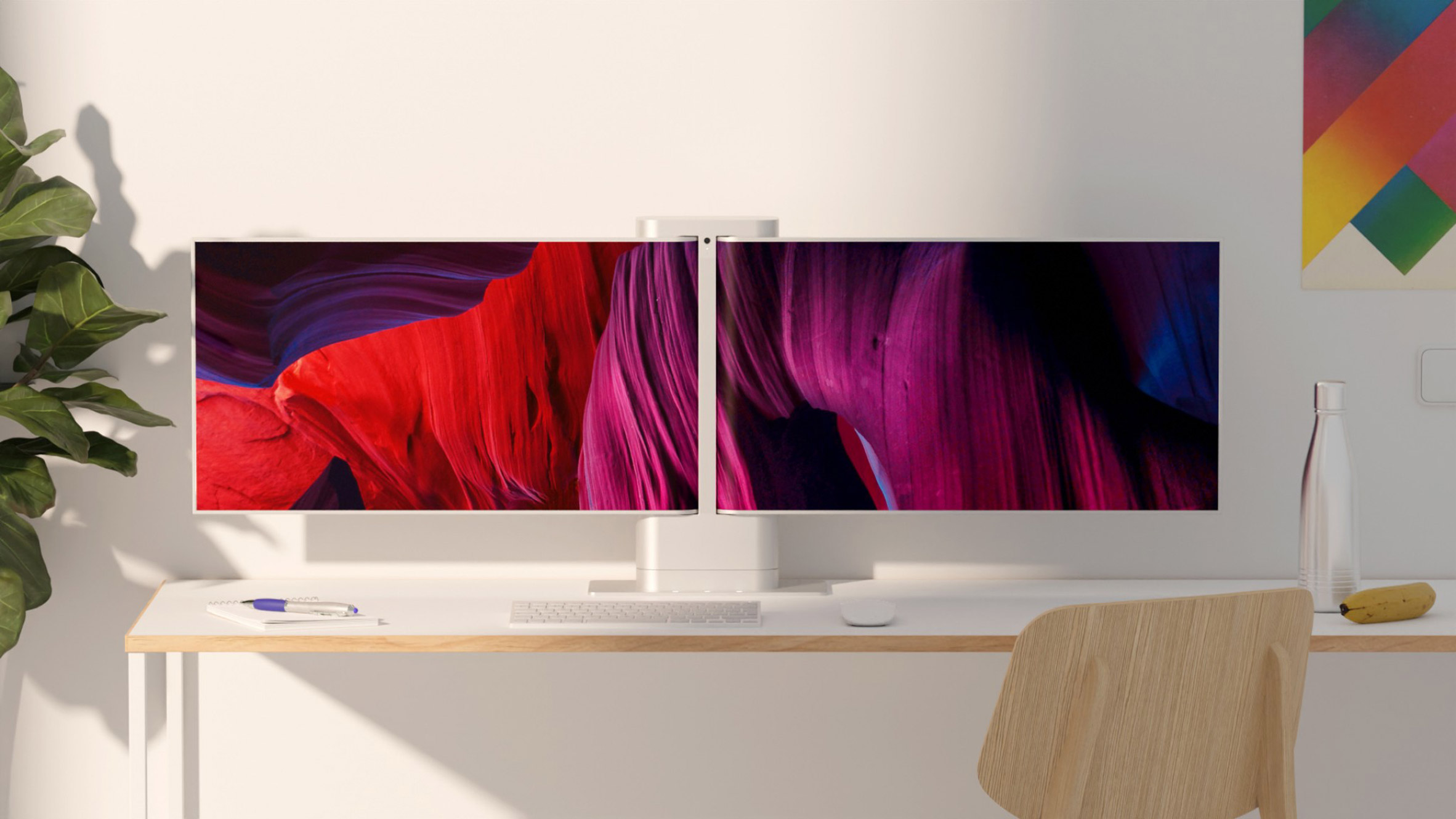
Totem by Selce Studio
Lund, Sweden
Totem is a dual-monitor system for home and office spaces designed by Selce Studio, which is run by designers Jaxon Pope and Riccardo Centazzo. The design was created to respond to ever-changing work environments and the increasing need for adaptable solutions that aid and enhance performance, such as multi-monitor workspaces.
Totem is composed of a central column from which two 27-inch rollable OLED screens can be opened and retracted. The column can be adjusted to various heights while the screens offer 10 degrees of rotation to aid comfortable posture and reduce eye strain.
Additional features such as a webcam, microphone and speakers are embedded in the column.
"Increasingly, a wide range of contemporary jobs require the user to operate multiple programmes and apps simultaneously and seamlessly," said the designers.
"It has become more and more evident how productivity and user experience can be enhanced with the introduction of a second screen."
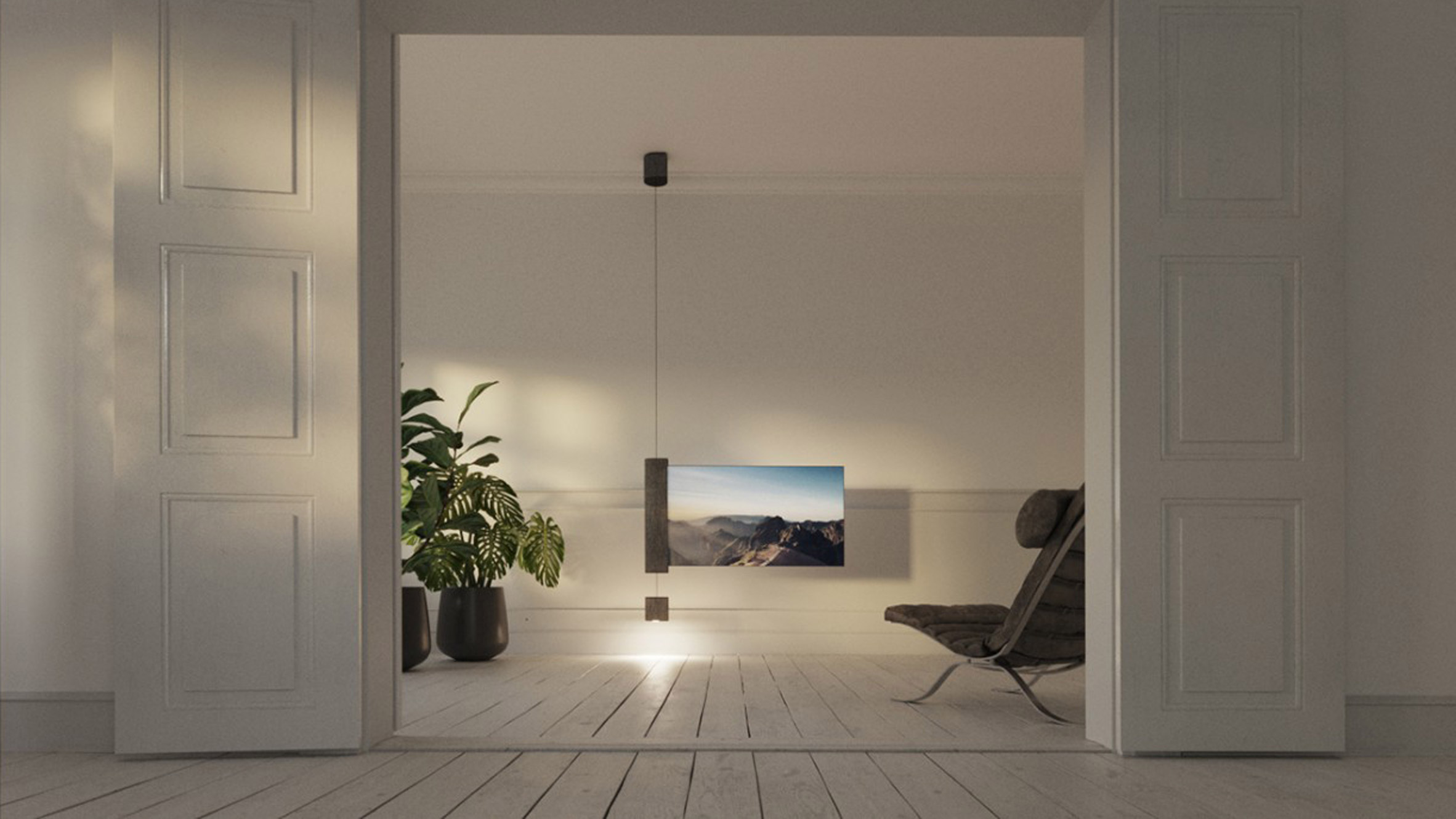
Pndnt by Marcelo Dantas
Torres Vedras, Portugal
Another design that makes use of LGD's rollable OLED technology is Marcelo Dantas' minimalist suspension system called Pndnt. The multifunctional design consists of three modules: the ceiling fixture, the rollable OLED screen and the speaker – the latter two of which are suspended via motorised cables.
The deconstructed design enables each element to function irrespective of the other: when the TV screen is retracted, the system can be used for lighting or as a Bluetooth speaker.
Pndnt can be complemented with further independent lighting and audio equipment, which allows for a more immersive experience.
"[The design] seeks to build a sensorial choreography of movement, light, image and sound, with a minimalist spirit in design and maximalist potential in functionality," said Dantas.
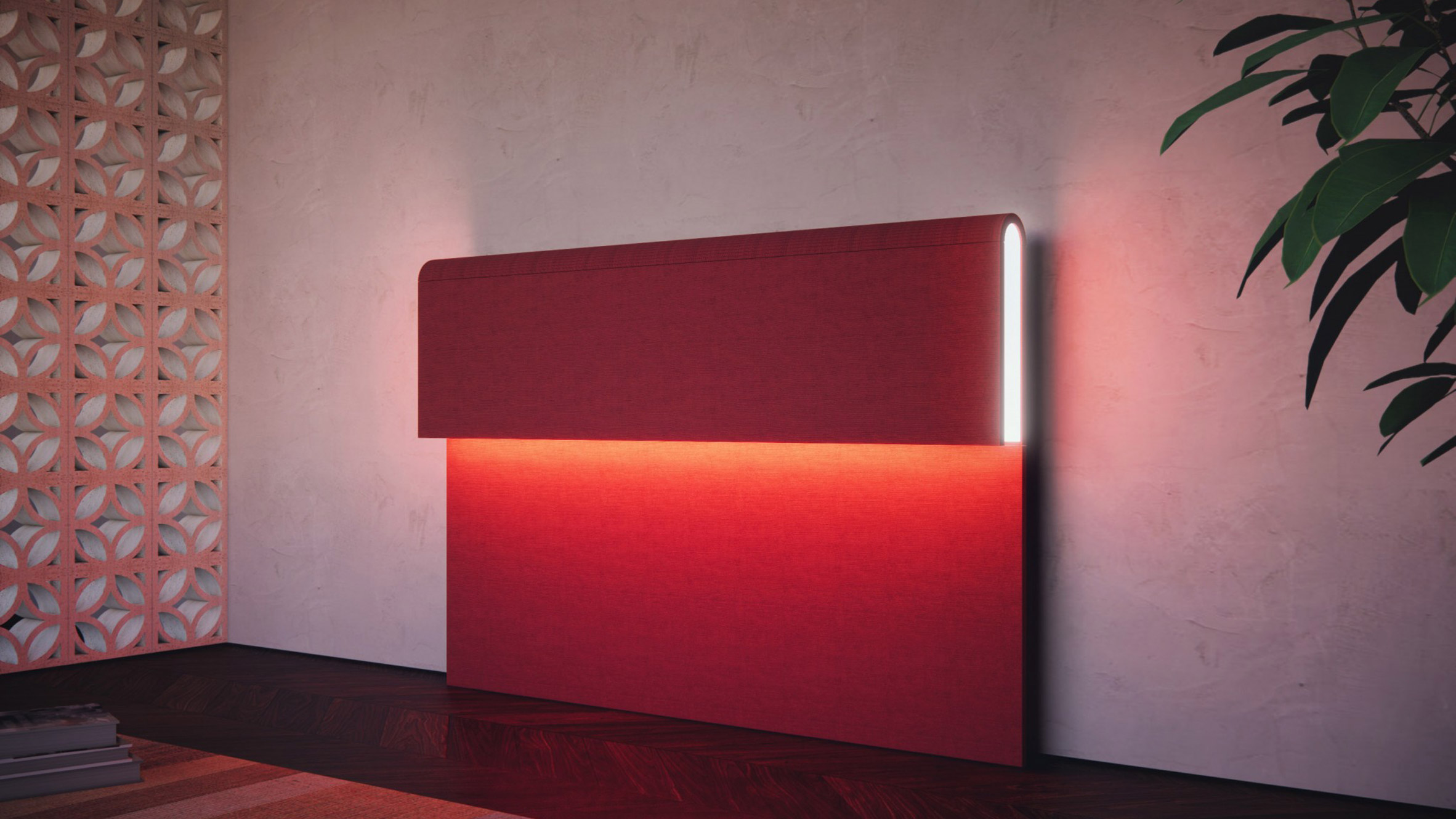
Flip by Thomas Grannells
Shanghai, China
Designed to showcase OLED technology's ability to bend, Flip is a freestanding OLED television by Thomas Grannells that can be folded over to transform the screen into a multifunctional furniture piece.
As its name suggests, the screen can be flipped when not in use to double as an ambient light and a speaker. The speaker, the weighted base and the back of the TV are wrapped in a fabric that not only aids acoustic quality but disguises the product as a piece of furniture instead of technology.
Flip is designed to suit contemporary interiors and comes in four standard colours: redwood, beige, grey and leaf green.
"By integrating a TV, speaker and ambient light into one product and reducing technological clutter around the home, Flip aims to appeal to people who tend toward products that suit a minimal lifestyle," said Grannells.
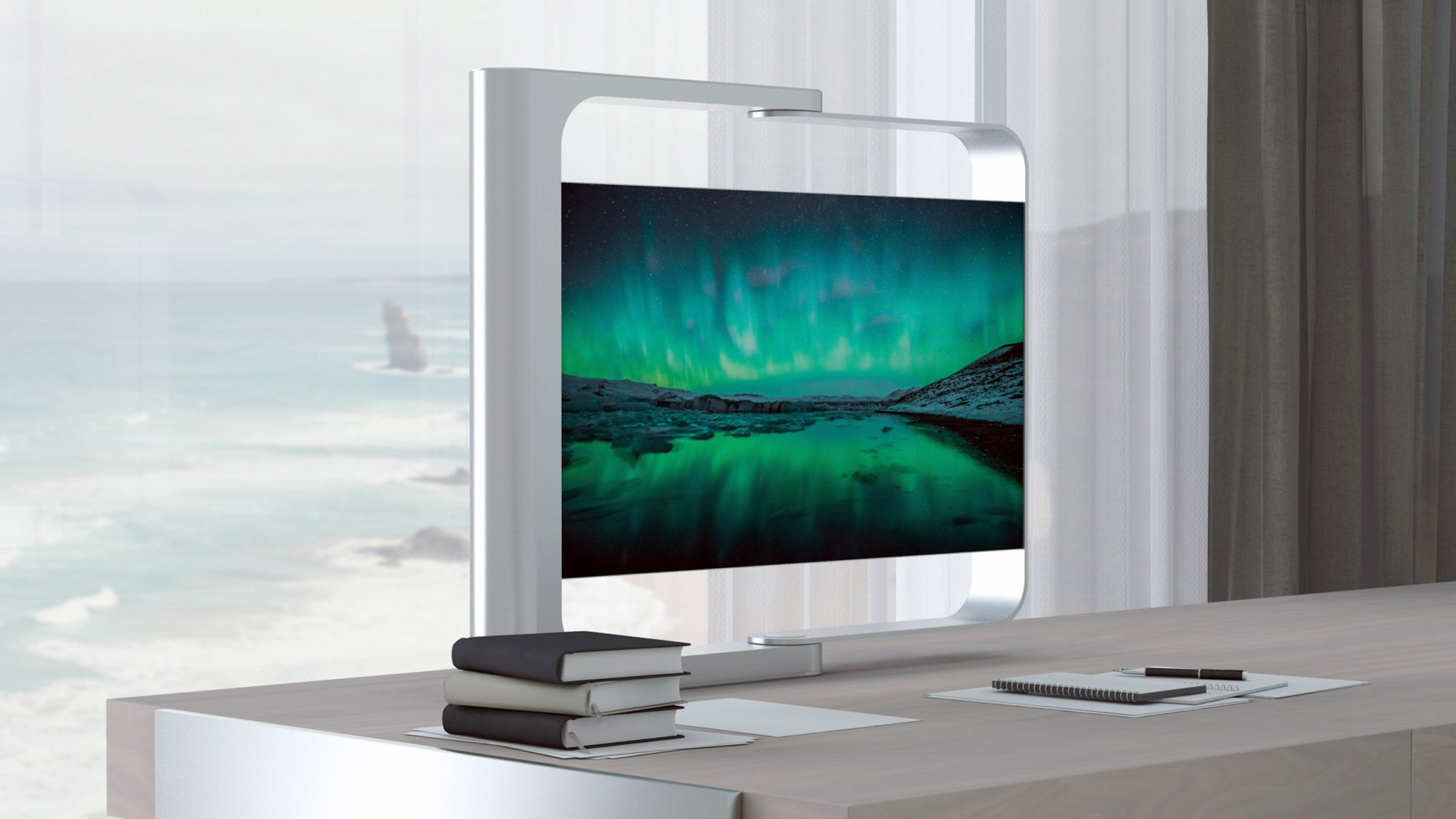
O2 by Nikolay Hristov Ivanov
Vienna, Austria
Nikolay Hristov Ivanov has designed a flexible display arm that doubles as a table lamp when not in use.
The design consists of two main elements: a U-shaped rotatable arm, which is affixed to a static U-shaped body. When the arm is rotated outwards, it reveals a flexible OLED screen that can be used as a monitor or television.
When the display arm and column are aligned, the flexible OLED screen can be retracted into a vertical opening to conceal the screen, transforming the object into a simple desk lamp.
"O2 is minimalistic in design, yet the characteristics of emerging technologies embedded in it, enrich it and convert it into this transformative piece of technology," said Ivanov.
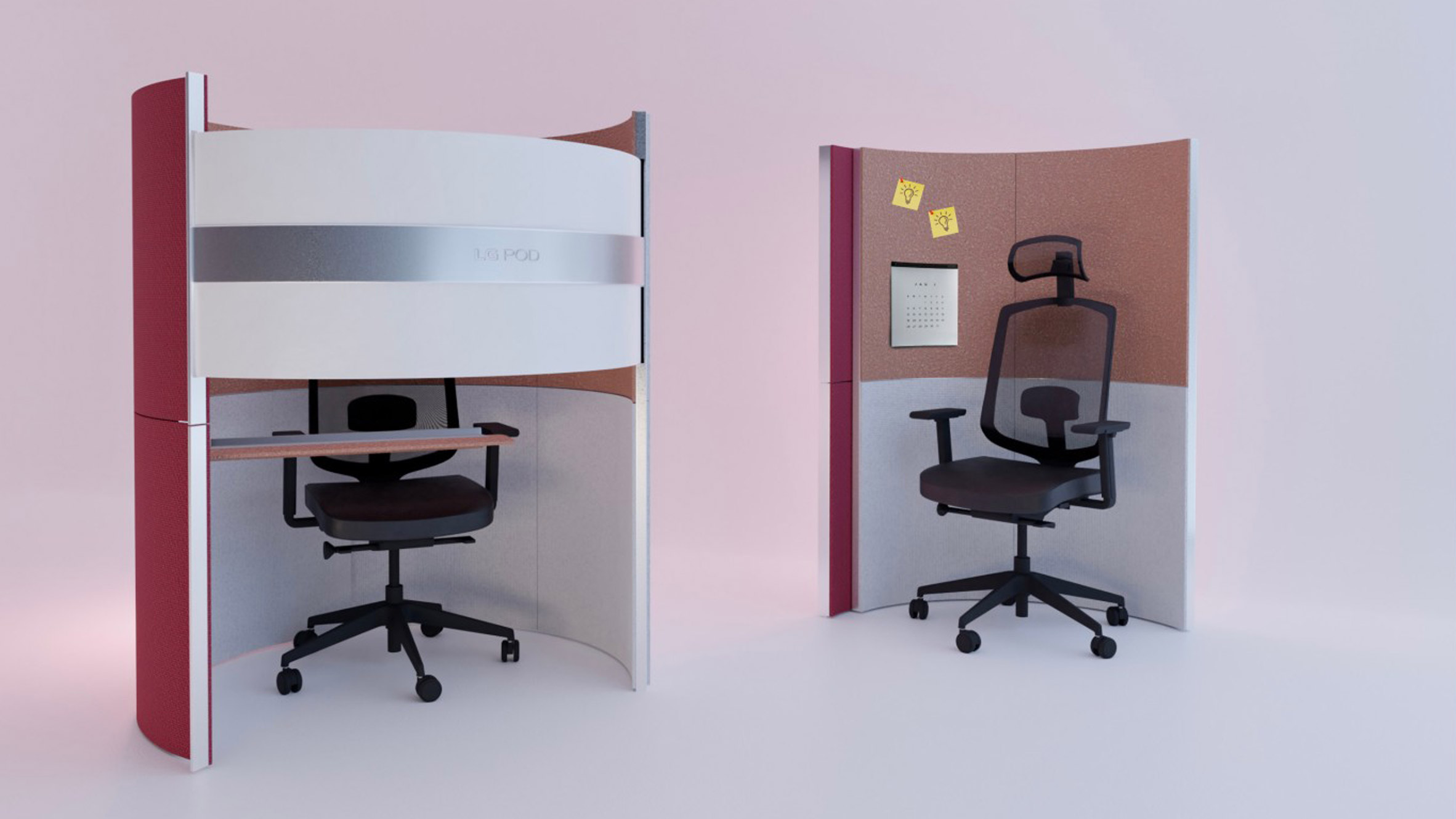
LG-Pod by Cagatay Demirpence and Ece Demirpence
Kocaeli, Turkey
With the ongoing coronavirus pandemic bringing about the need to work from home more regularly, Cagatay Demirpence and Ece Demirpence has designed a pod for homes with scarce space, in which users can work, study, play games and relax.
Called LG-Pod, Demirpence set out to recreate the full office experience without having to compromise on living space. Once work is complete, living spaces are returned to home environments, allowing users to designate home and work spaces effectively.
The pod is composed of two curved panels: a freestanding panel at the back and a movable panel at the front, which can be opened and adjusted via a rail system. This creates visual privacy and sound isolation from the surrounding environment to aid focused work.
Integrated within the panels is the curved LG OLED screen, which is concealed within the back panel when not in use.
"LG-Pod creates a whole office experience inside living space without becoming a permanent stationing. As soon as work is done, you will have your living space back in a few seconds," said the designers.
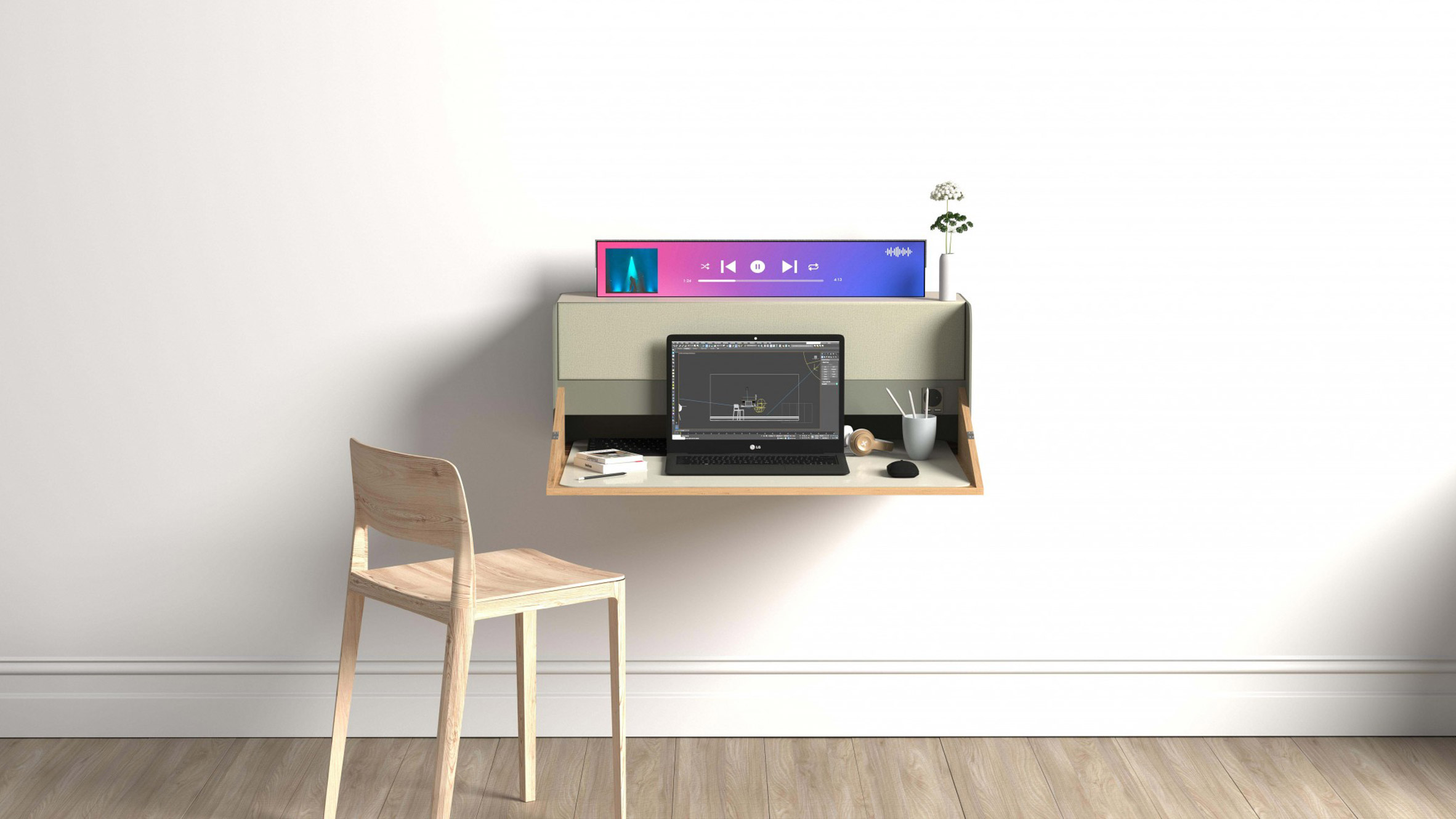
Tiny by Damla Aras
Bursa, Turkey
Damla Aras's design aims to "create an easy flow between living and working" by combining a 27-inch rollable OLED screen with a foldable desk that becomes a shelf when closed.
The screen can be retracted incrementally with full-view, low-view and zero-view options. The low and zero views are designed to be used as a sound system, with the latter providing an option to maximise desk space when the screen is fully retracted.
Tiny can be mounted onto a wall or rest on a stand. It comes in three colour options to suit a wide range of interiors, including Calm Green, Dusty Rose and Silver White.
"Tiny is the ultimate piece of furniture and technology designed for anyone who works or studies from home, including digital artists, designers, photographers or videographers," said Aras.
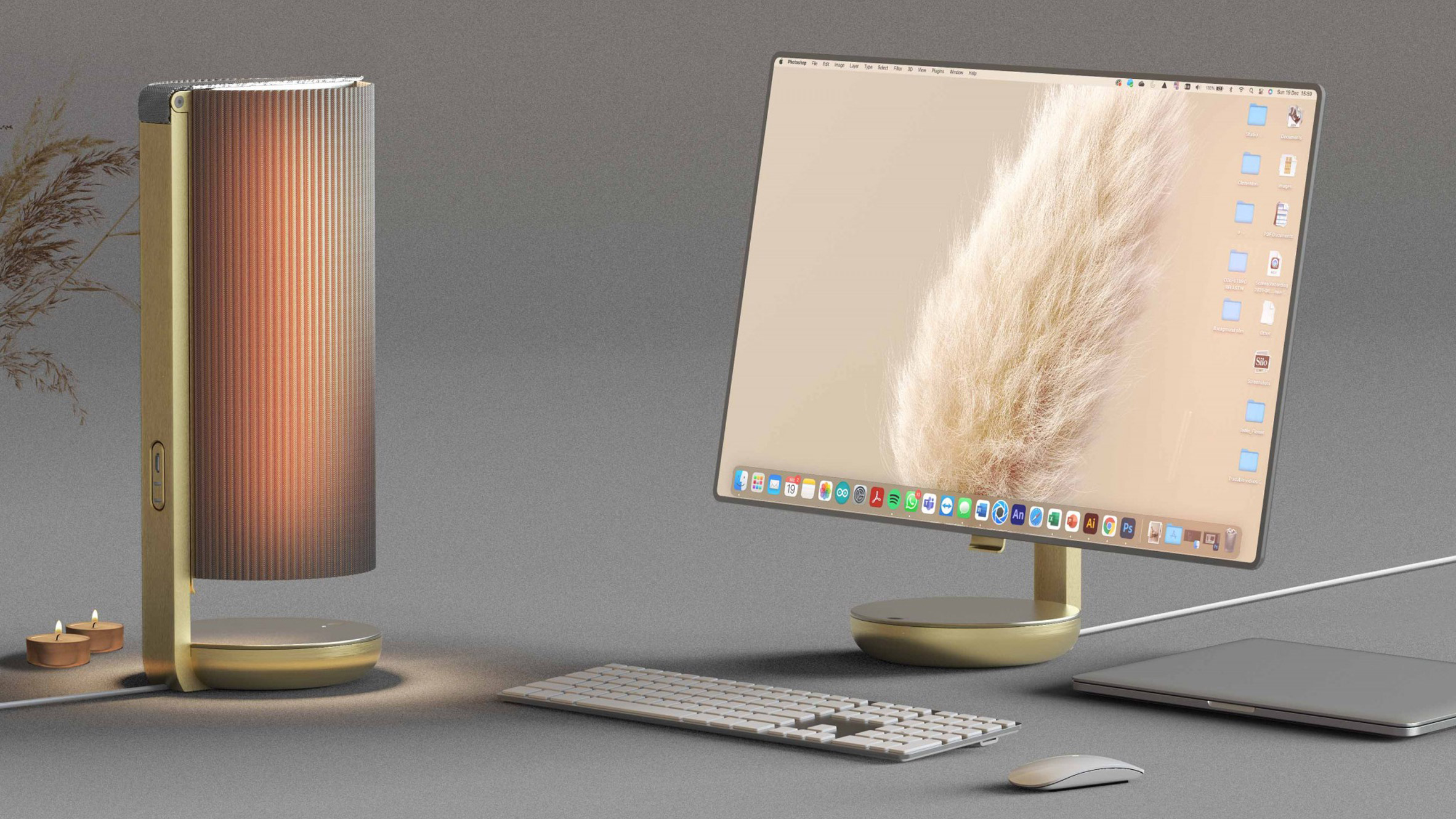
Cocoon by Juan Restrepo
Eindhoven, Netherlands
Informed by the shape and process of a butterfly's metamorphosis, Cocoon is an OLED table lamp that unfolds into a 27-inch computer monitor designed by Juan Restrepo.
When folded, Cocoon can be used as an ambient desk lamp that makes use of the OLED display as a light source, easing the transition from work to a more relaxed atmosphere.
The screen is affixed to a metal hinged stand that can be adjusted to suit user preferences. The screen features a sturdy textile shell on the back, which forms the shade of the lamp when it is folded.
Cocoon features a textile handle that enables it to be transported easily. The compact and lightweight quality of the lamp allows it to be easily repositioned or stored away when needed.
"To enhance the experience of working in a variety of domestic spaces, Cocoon provides a stylish, lightweight and versatile computer monitor for better posture and enhanced productivity," said Restrepo.
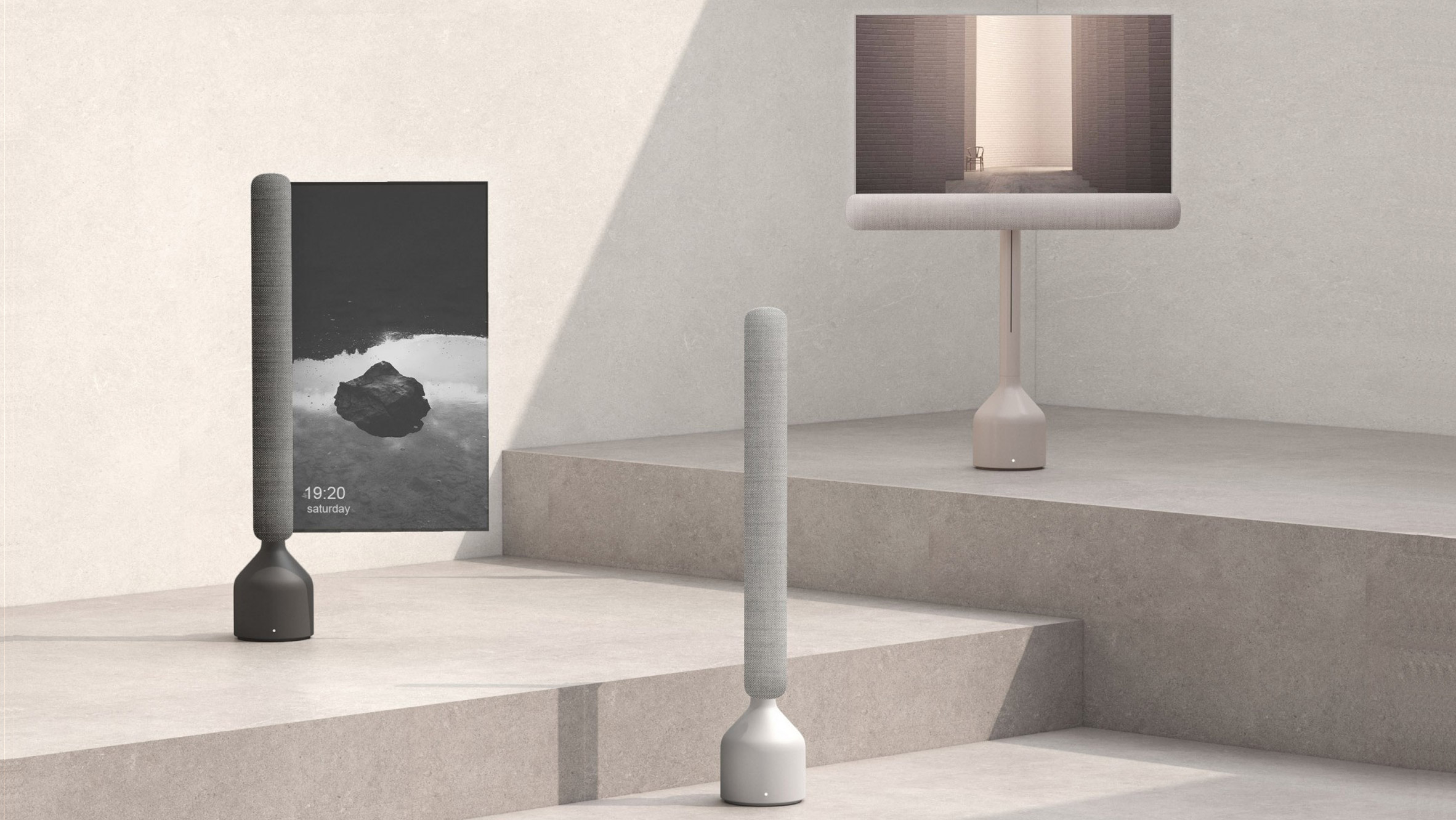
Totem by Studio Booboon
Tokyo, Japan
Studio Booboon's design uses LGD's rollable OLED technology to create a retractable display that doubles as a sculptural soundbar.
The OLED display is fixed onto a stable stand and can be adjusted to varying heights and angles, enabling multiple configurations and screen formats. When the display is rolled away, the product transforms into a totem-like object that blends into the surrounding environment with a minimal footprint.
Totem features multiple modes: when the display is entirely retracted it can be used as a speaker, while its landscape mode is designed for an enhanced viewing of standard media. The portrait mode is intended for phone mirroring for uses such as social media, music streaming, weather updates, news or health apps.
"Designed as a characterful, sculptural object rather than a flat form, Totem utilises OLED rollable technology to seamlessly blend into the user's home," said the studio.
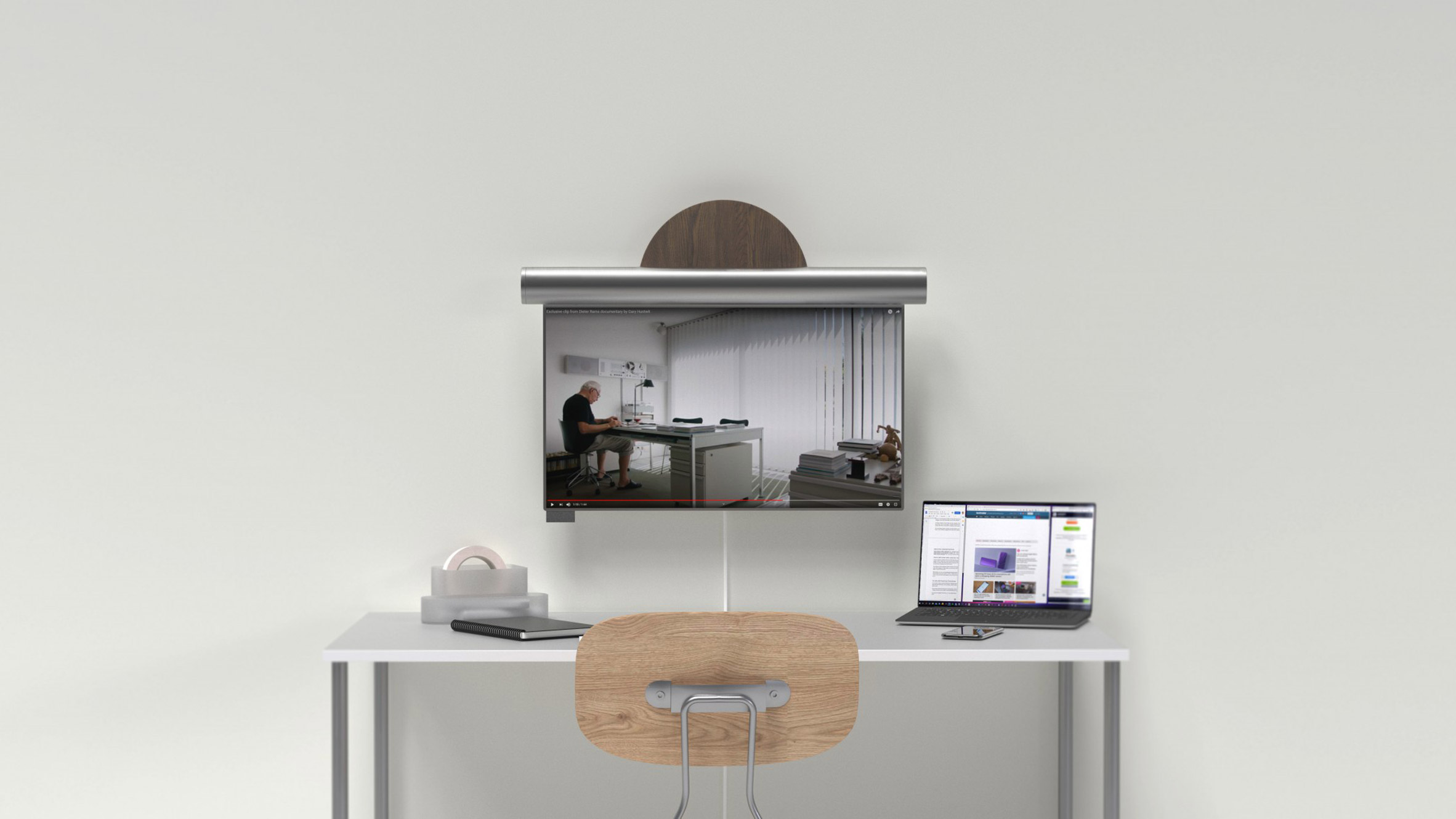
Halo by Brandon Yeo and Abigail Sonia Chang
Singapore
Informed by the act of drawing blinds, Halo is a wall-mounted sconce that unfurls into a monitor screen by Brandon Yeo and Abigail Sonia Chang.
Halo is composed of a cylindrical body that features a tab that can be pulled for the display to unroll and slide out. When no longer needed, the same tab can be pulled again to retract the display back into the main body, to symbolise "drawing the blinds to a close on the digital world and open into the material one".
When the screen is not in use, Halo functions as a wall sconce that blends into its surroundings as an illuminated piece of decor. The intensity of the light is adjusted through the rotary knob on the left end of the main body.
"Halo seeks to draw a clear balance between work and life, digital and material worlds," said the designers.
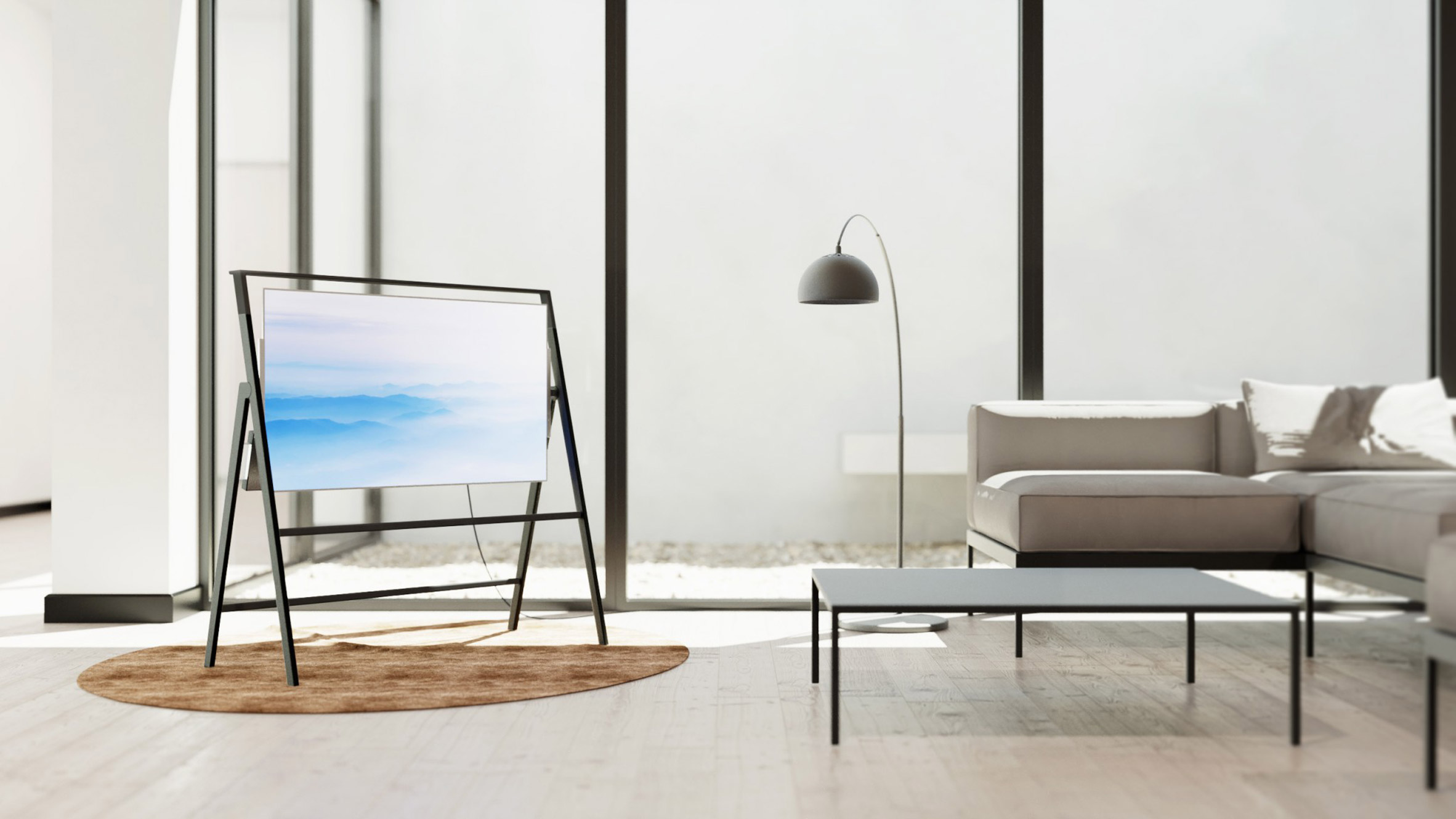
Easel by Hyeona Kim and WooSeok Lee
Gyeonggi, South Korea
As its name suggests, Hyeona Kim and WooSeok Lee's Easel design supports a 43-inch OLED display on a movable frame that resembles an artist's easel.
The slender and lightweight aluminium frame means it can be folded and transported around the home and used in a range of settings, including living rooms, balconies or a front deck. This negates the need to buy multiple devices since it can be easily transported around the home.
Easel can be used by leaning it against a wall or it can be mounted to stand independently. It comes in three colour options including graphite, ivory and winter green. The screen has a transparent option, in which the OLED display becomes clear to seamlessly fit in with its surroundings.
"The design of Easel focuses on creating harmony with our interior," said the designers.
"Its overall shape and lines are designed like living furniture, so you can hang some of your magazines on a lower rack or put some accessories on top of it."
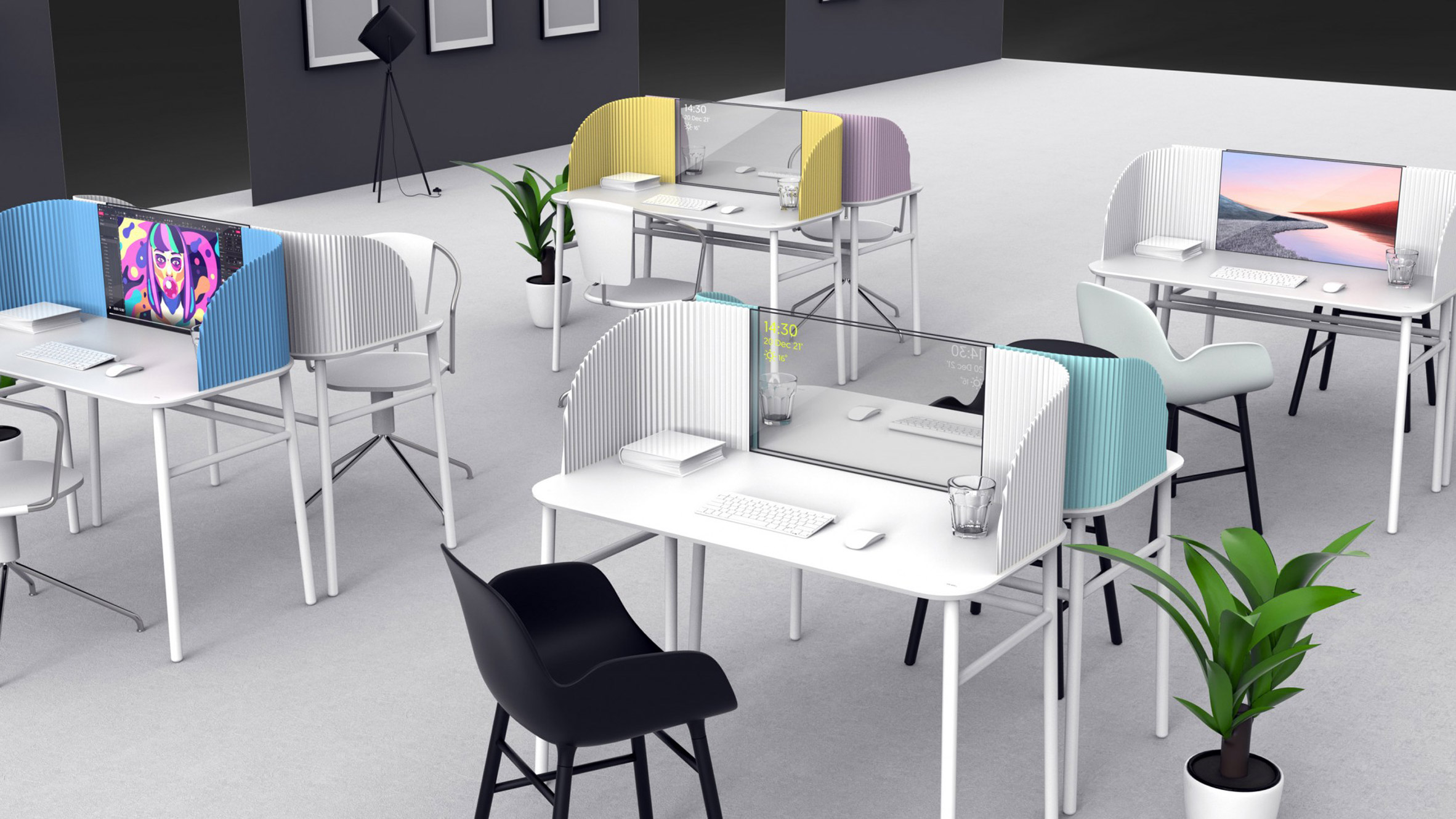
Caelum by Cagatay Afsar
İzmir, Turkey
Caelum is a working desk with an integrated OLED screen designed by Cagatay Asfar. Designed for the home or office, the transparent OLED screen provides a glimpse into the surroundings to prevent a monotonous working experience.
If focused work is required, Caelum can be customised with integrated separators to aid concentration. The metal legs and tabletops are equally customisable, offering maximum flexibility to suit a range of working styles.
The integration of the OLED screen within the body of Caelum provides plentiful desk space and reduces clutter.
"Our desk has become the most important object in our home and we have started to spend most of our lives here," said Asfar.
"So why shouldn't this table, where we spend so much time, be more technological and stylish?"
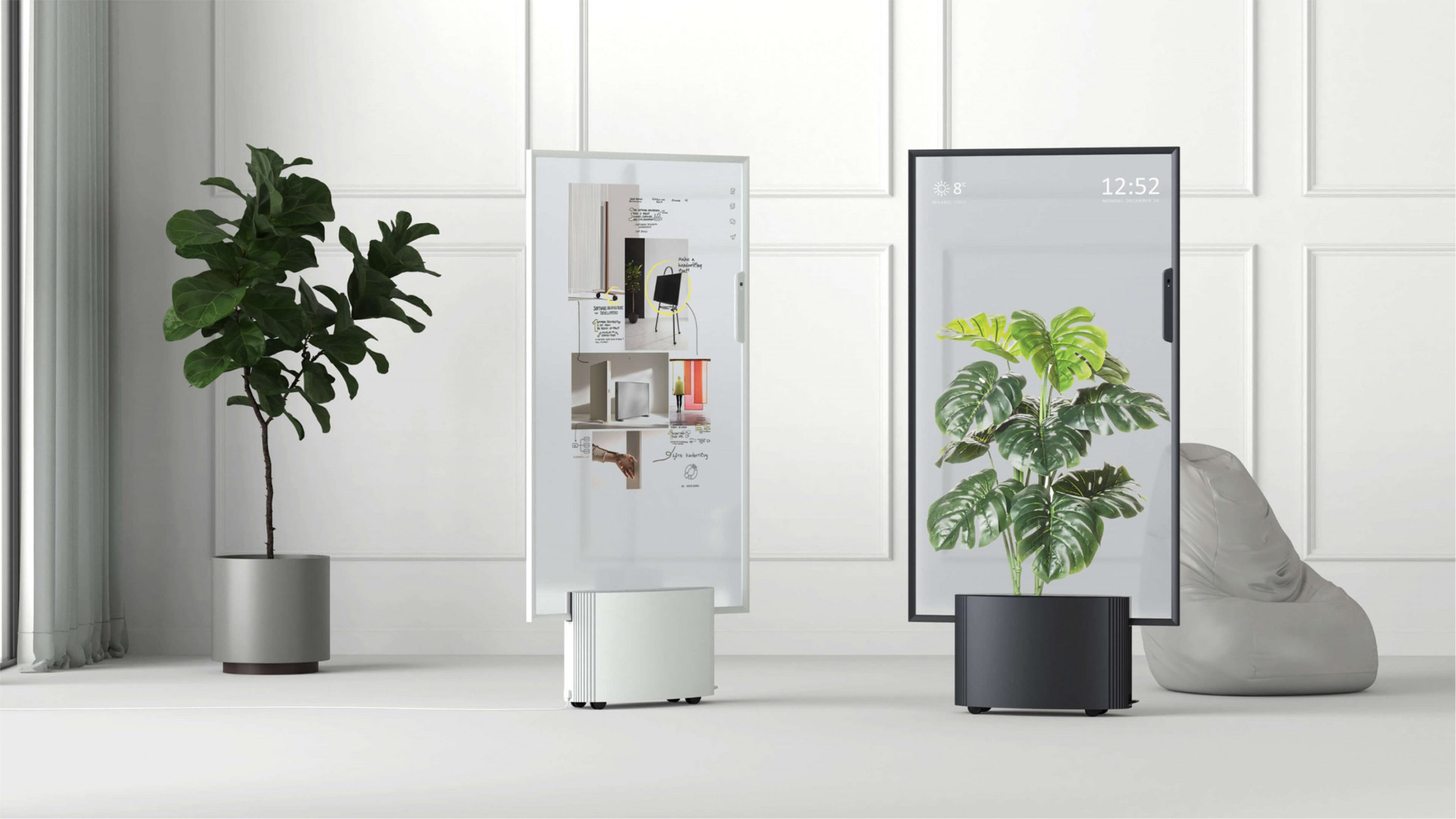
Vivid by Studio WA+CH
Milan, Italy
Vivid is a multifunctional movable screen that can be used as a whiteboard, room divider or a video conferencing device. The concept was designed by Studio WA+CH, a team comprising designers Fuhua Wang, Weichih Chen, Tzyun Huang and Wenheng Chang.
The product allows users to easily swap from working mode to living mode: when the work day is finished, users can switch to either the transparent option or a mode that displays digital plants to blend in with the home environment.
It is equipped with a camera on its right side that enables users to make video calls or it can be connected to multiple Vivid screens in a row to form a stylish room divider. Other uses include fitness and health programmes such as yoga or aerobics, browsing social media or video gaming.
"Vivid is a smart screen designed for home workers to help users introduce part of the office scene into the home space," said the designers.
"Its interactive design allows users to create a synchronised collaborative environment in different locations at the same time."

Coated by Studio WA+CH
Milan, Italy
Informed by the rapid development of the Internet of Things, Studio WA+CH designed a series of cabinets equipped with a 55-inch OLED sliding door that displays information such as the time, date and weather.
Designed to highlight the thin and flexible qualities of OLED displays, the sliding door can also simulate different materials, textures and patterns including wood, rock or fabric, so users can customise their furniture to suit their interior.
Users can also place their smart devices on top, which will then synchronise with the OLED display for music playback or message viewing made via an NFC connection.
"Coated rethinks the relationship between furniture and people," said the designers. "It provides a brand new way to achieve home space beautification and decoration services."
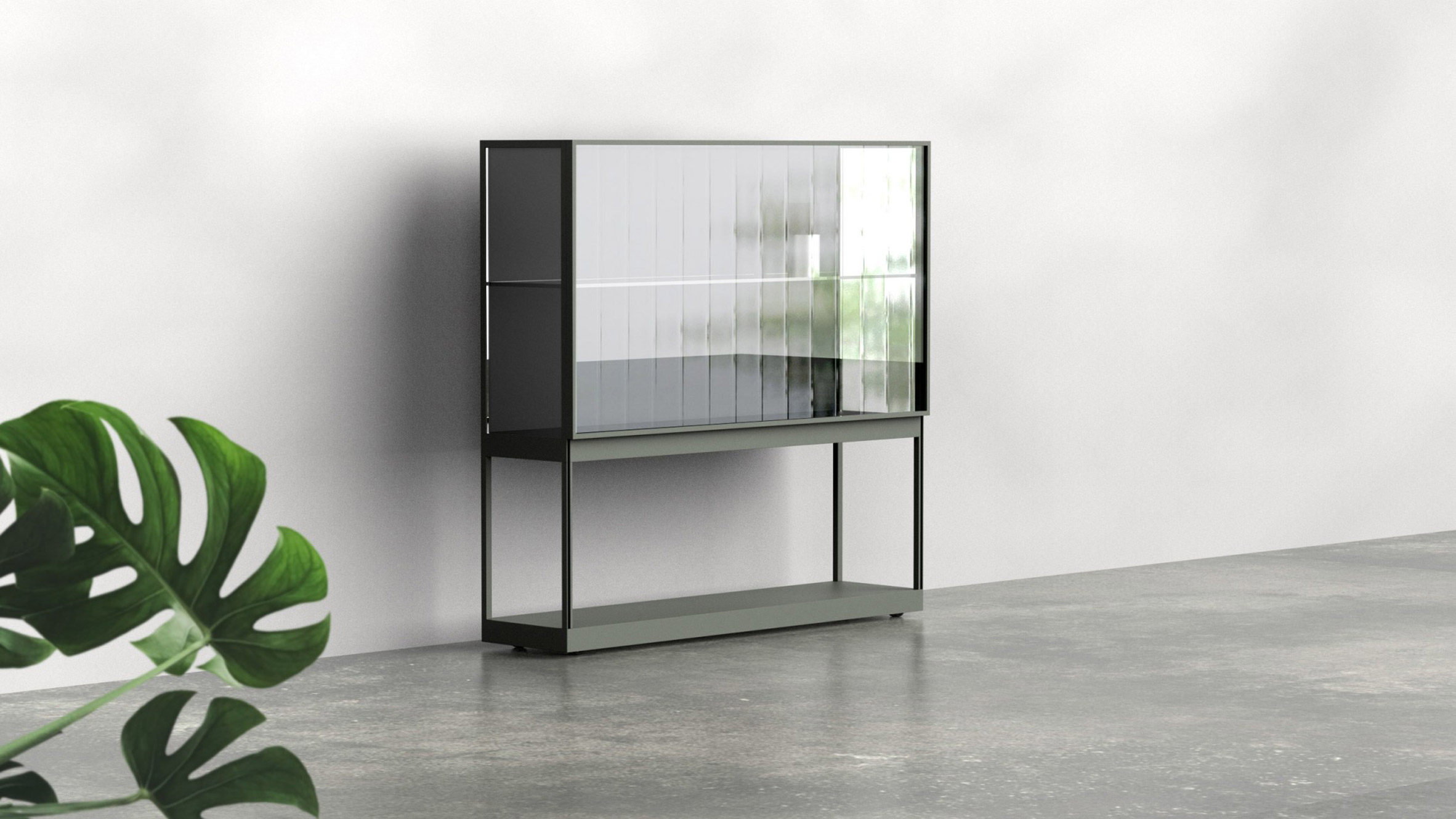
Showcase by Jinwoo Chae and Hayong Kim
Seoul, South Korea
Jinwoo Chae and Hayong Kim's design combines a transparent OLED display with a cabinet. It comes in two sizes: one with a 47-inch OLED screen option and the other with a 55-inch screen.
Concealed within the cabinet are two shelves that can be used for storage or to display decorative items. When the OLED display is not being used, it will appear transparent to reveal the items within the cabinet.
To gain access to the cabinet, the OLED screen can be slid upwards and can be positioned at various heights to suit user preferences. The cabinet comes in four colour options including black, white, green and wine.
"Showcase can be used as a cabinet anywhere, such as the living room, bathroom and terrace," said the designers. "It can maximise interior effects by providing various moods on a screen."
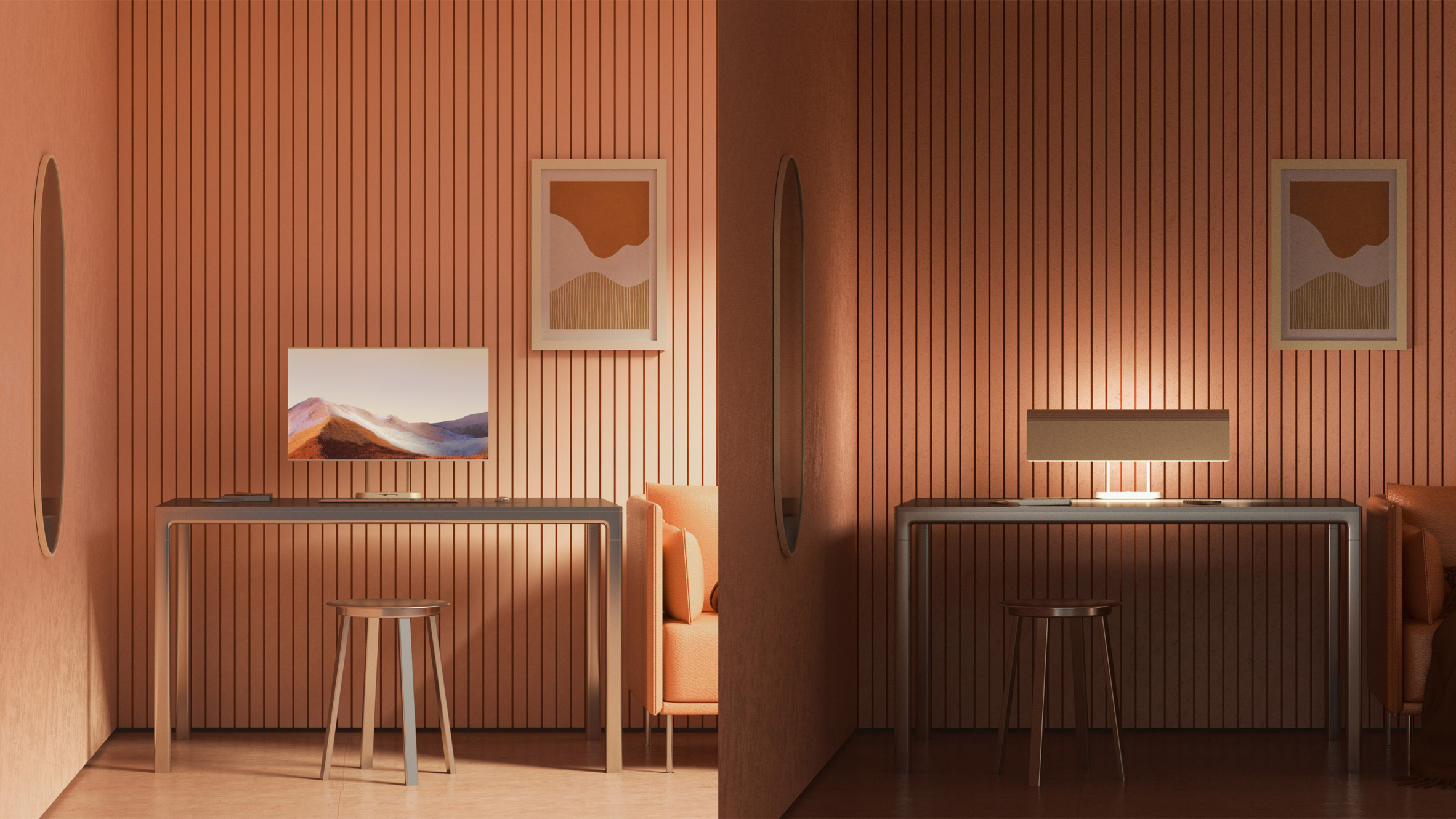
Foled by Luke Sanders and Oliver Hay
London, UK
Luke Sanders and Oliver Hay's design makes use of the flexible properties of OLED panels to create a 27-inch lightweight display that transforms into a slim, curved lamp shade with a faceted back panel.
Called Foled, the lamp features a number of lighting options to highlight the vibrance and range of OLED displays, including bright task lighting and subtle mood lighting. Its form is a reinterpretation of the traditional banker's lamp and features a careful geometry that has been designed with the specific curvatures of the OLED display in mind.
To convert the lamp back into a monitor, the display can be unfolded until it magnetically snaps into the vertical alignment.
"Foled is an elegant monitor that transforms into a sophisticated table lamp when it’s time to get away from the screen and relax – an aide to establishing a work-life balance at home," said the designers.
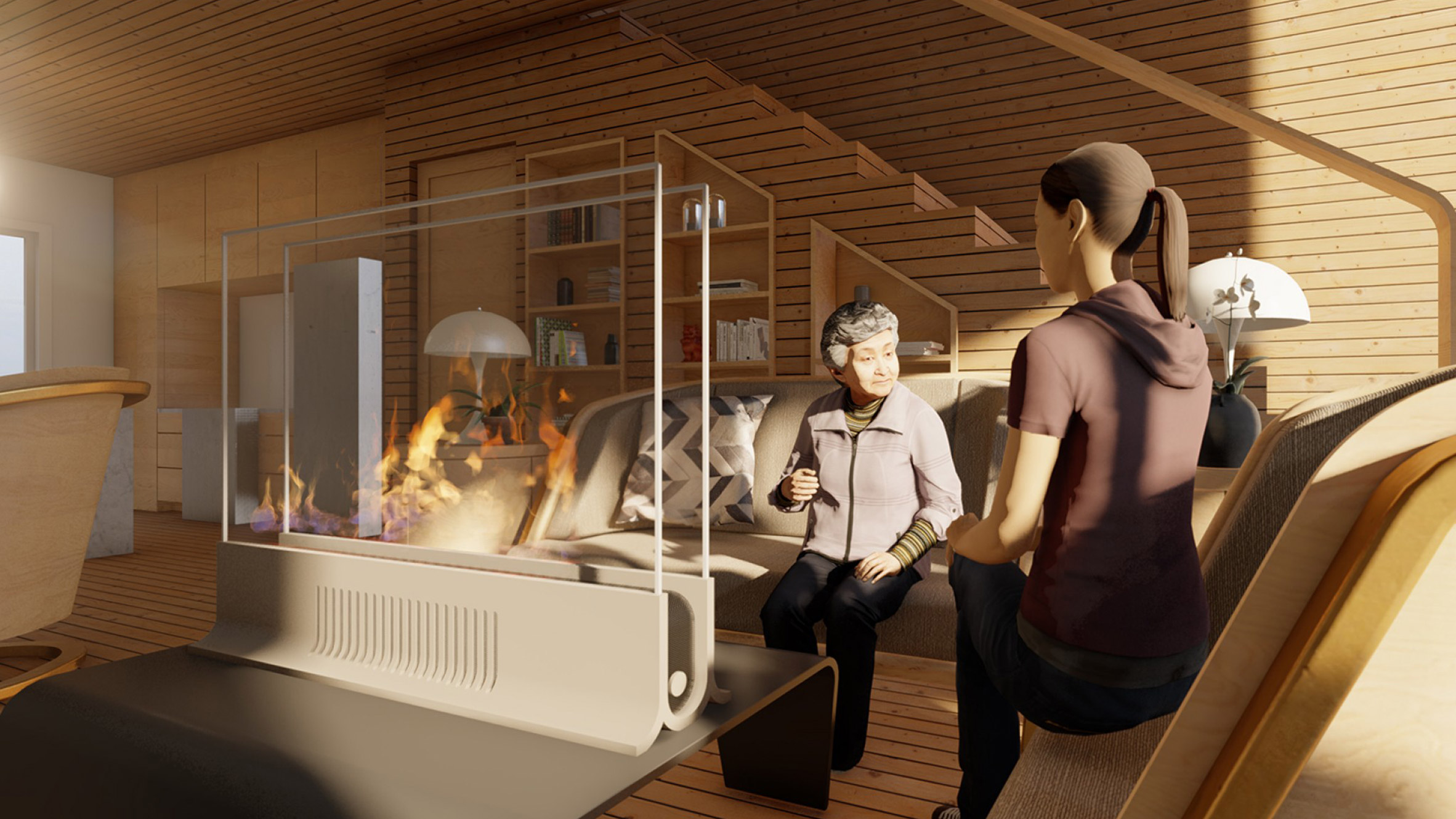
Digital Hearth by Kristopher Swick
Glendale, California, USA
As its name suggests, Digital Hearth is designed to replace traditional fireplaces and the TV that often hangs above it, while improving air quality and reducing carbon emissions.
Designed by Kristopher Swick, the proposal features two transparent 55-inch OLED displays mounted to a champagne-coloured aluminium base, which conceals an integrated heater and surround sound audio.
When in fireplace mode, the dual screens display digital burning flames or other animated graphics for added effect.
"Digital Hearth aims not merely to replace the indoor fireplace, but to combine with the media capabilities of the TV that usually hangs above the hearth to produce an entirely new and advanced media experience," said Swick.
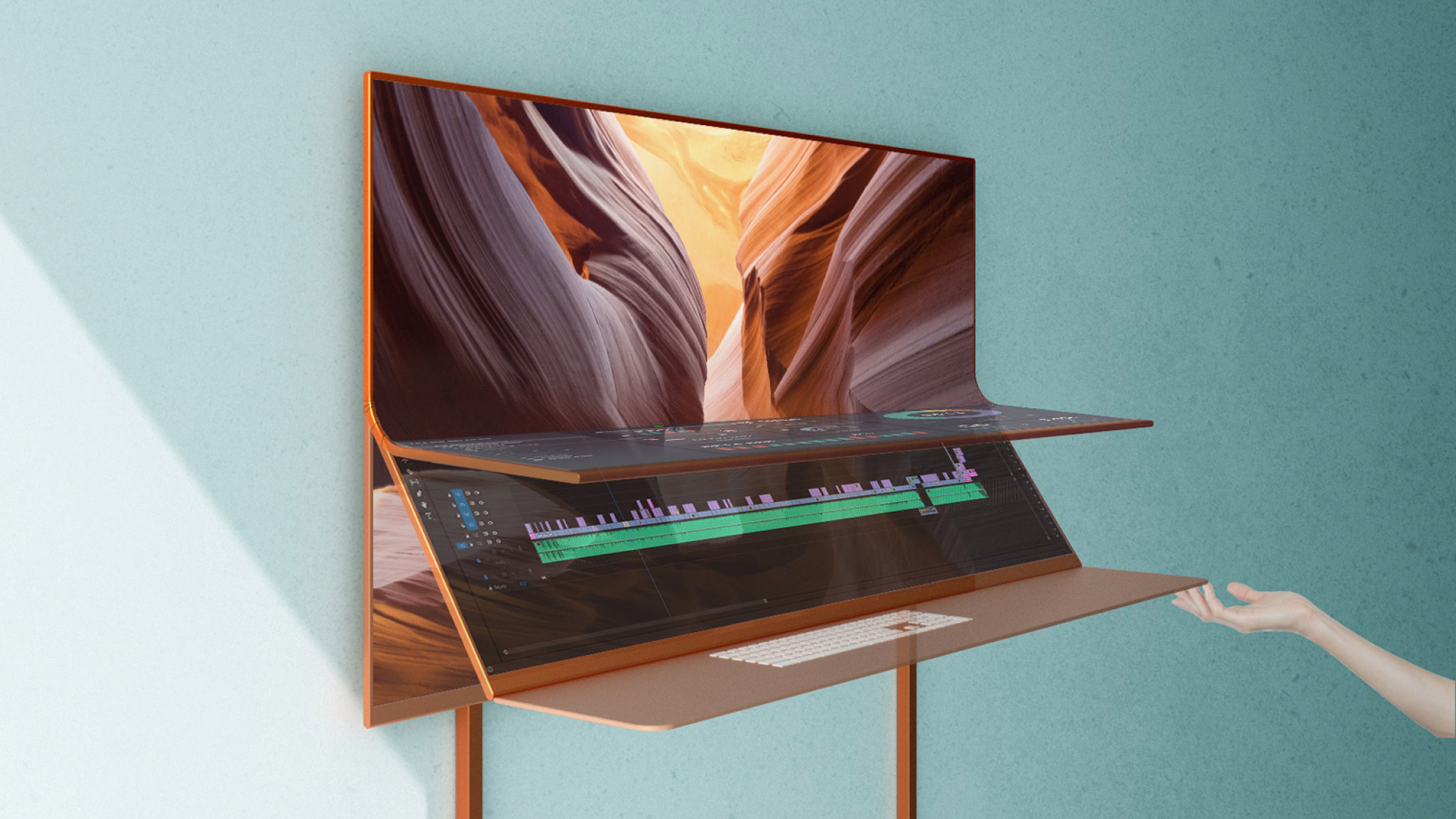
Hanji by Lingfei Liu
Dwight, Ontario, Canada
Lingfei Liu's design is a multi-use device that consolidates media consumption, recreation, creativity and productivity into an all-in-one OLED display, showcasing OLED's impressive image quality, thinness, lightness and flexibility.
Named after the versatile handcrafted paper from Korea, Hanji appears as a typical 50-inch TV at first glance. However, the screen has the ability to fold to create a more immersive experience: its top half is an ultrawide screen, while the bottom half tilts towards the user for use as a touchscreen.
Hanji also features a keyboard and trackpad panel that folds out from behind the screen. Due to its adjustable height, Hanji can be used both as a standing desk or a sitting desk.
"Hanji is a premium device designed for the many of us who need to get more done in less space," said Liu.
"It provides an immersive entertainment and recreational experience as well as a versatile workstation on the same screen, in order to save space and reduce material consumption."
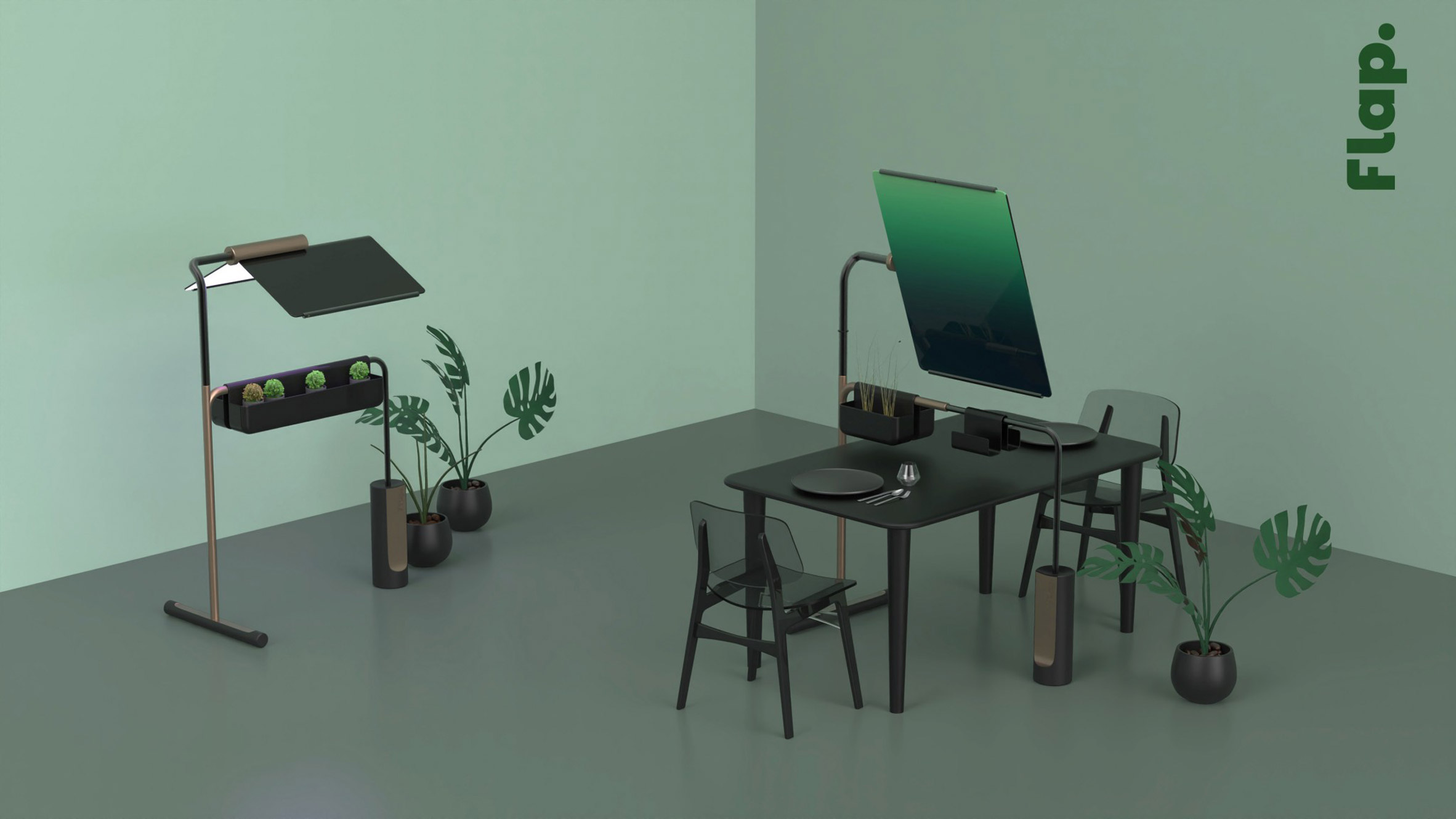
Flap by Denizhan Arda and Seher Naz Ayhan
Kartal, Turkey
Flap is a 32-inch OLED display supported by a rotatable and extendable metal pipe structure designed by Denizhan Arda and Seher Naz Ayhan.
The highly customisable and adaptable design means it can be used for work, video conferencing or as lighting by tilting it to the desired position. The screen can be positioned over a dining table or folded over to provide light for growing plants.
Flap can be customised with additional baskets and shelves to suit a wide variety of uses. It also features camera modules and microphones to assist with video calls.
"To reduce the problem of eating alone and the feeling of loneliness in individual life, Flap aims to make the presence of someone else feel virtual and to bring people closer virtually in hybrid working conditions," said the designers.
Partnership content
OLEDs Go! is a partnership between Dezeen and LG Display. Find out more about Dezeen partnership contenthere.
The post Twenty innovative designs shortlisted in the second edition of Dezeen and LG Display's OLEDs Go! competition appeared first on Dezeen.
#all #design #technology #competitions #instagram #oledsgo #oleds #lg

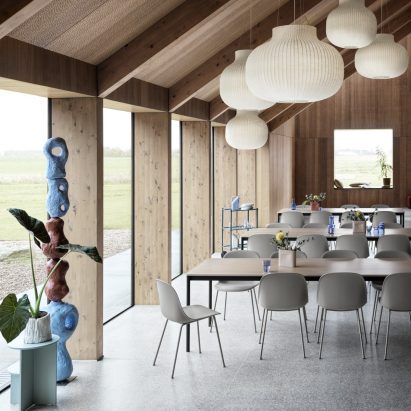
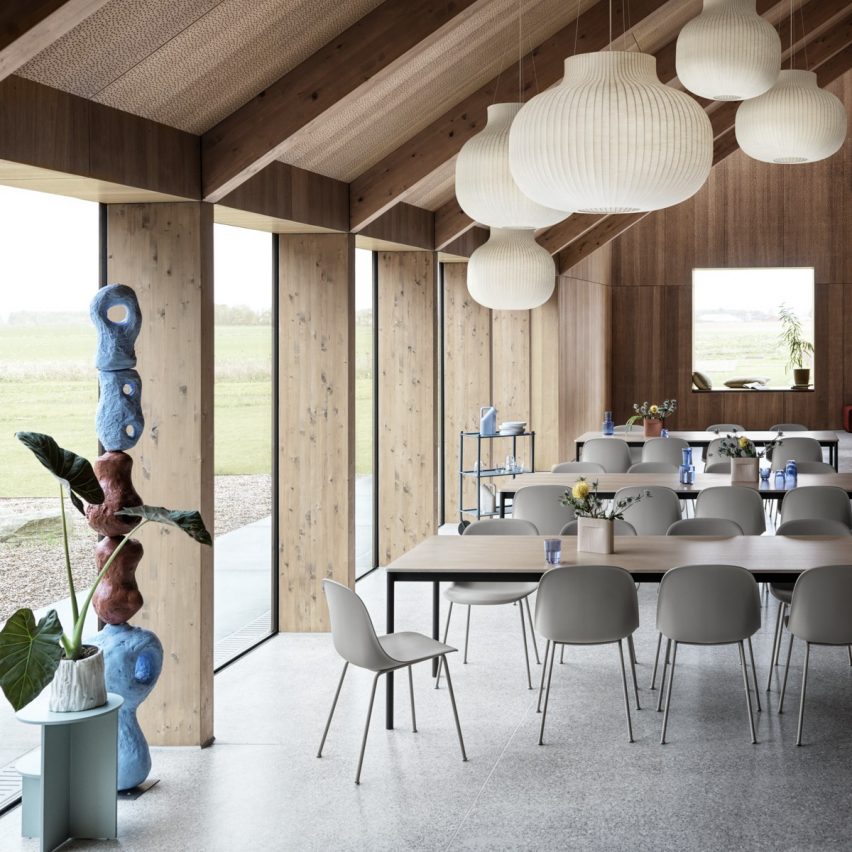
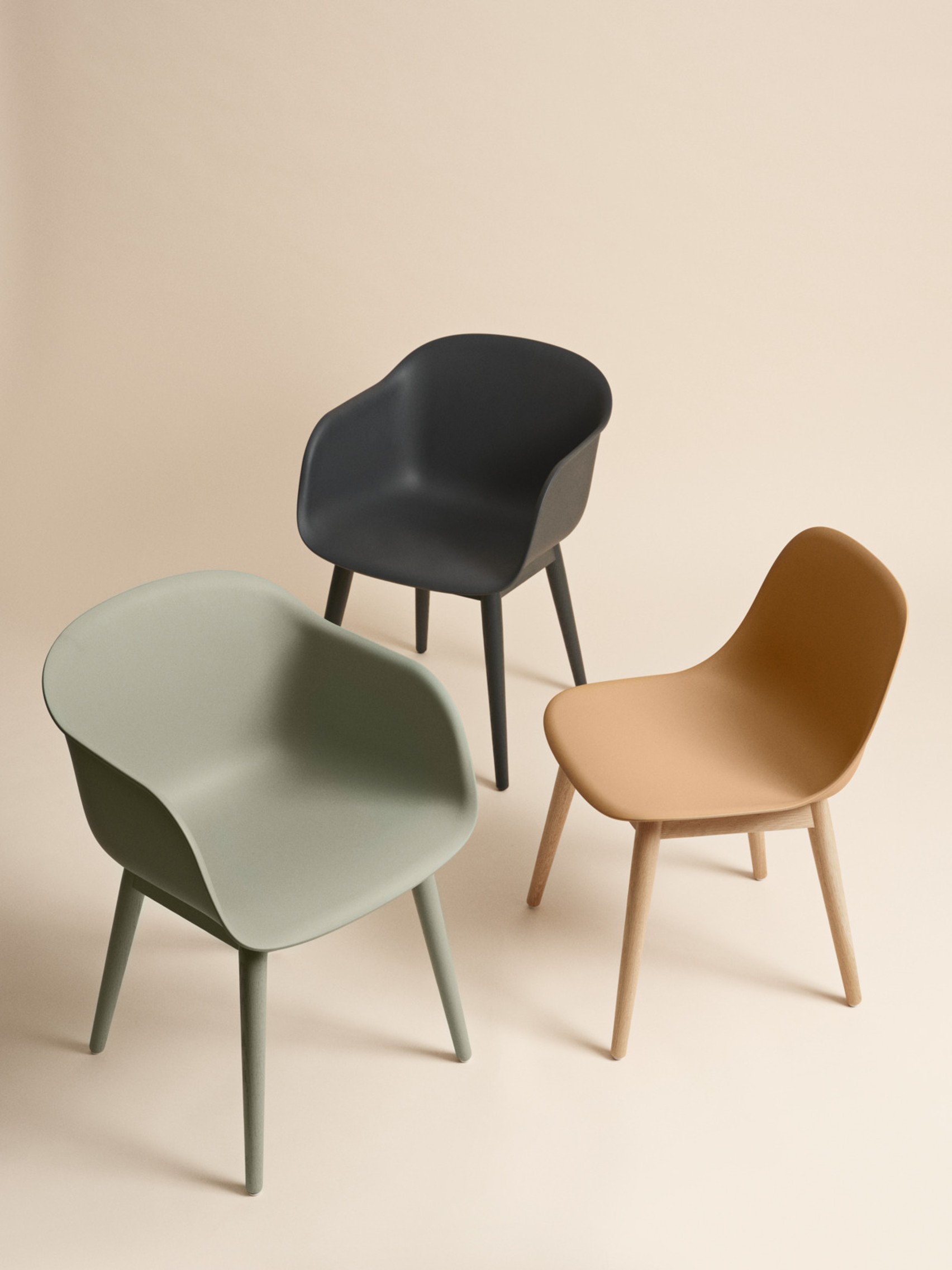 Muuto has launched a recycled plastic version of its Fiber Chair
Muuto has launched a recycled plastic version of its Fiber Chair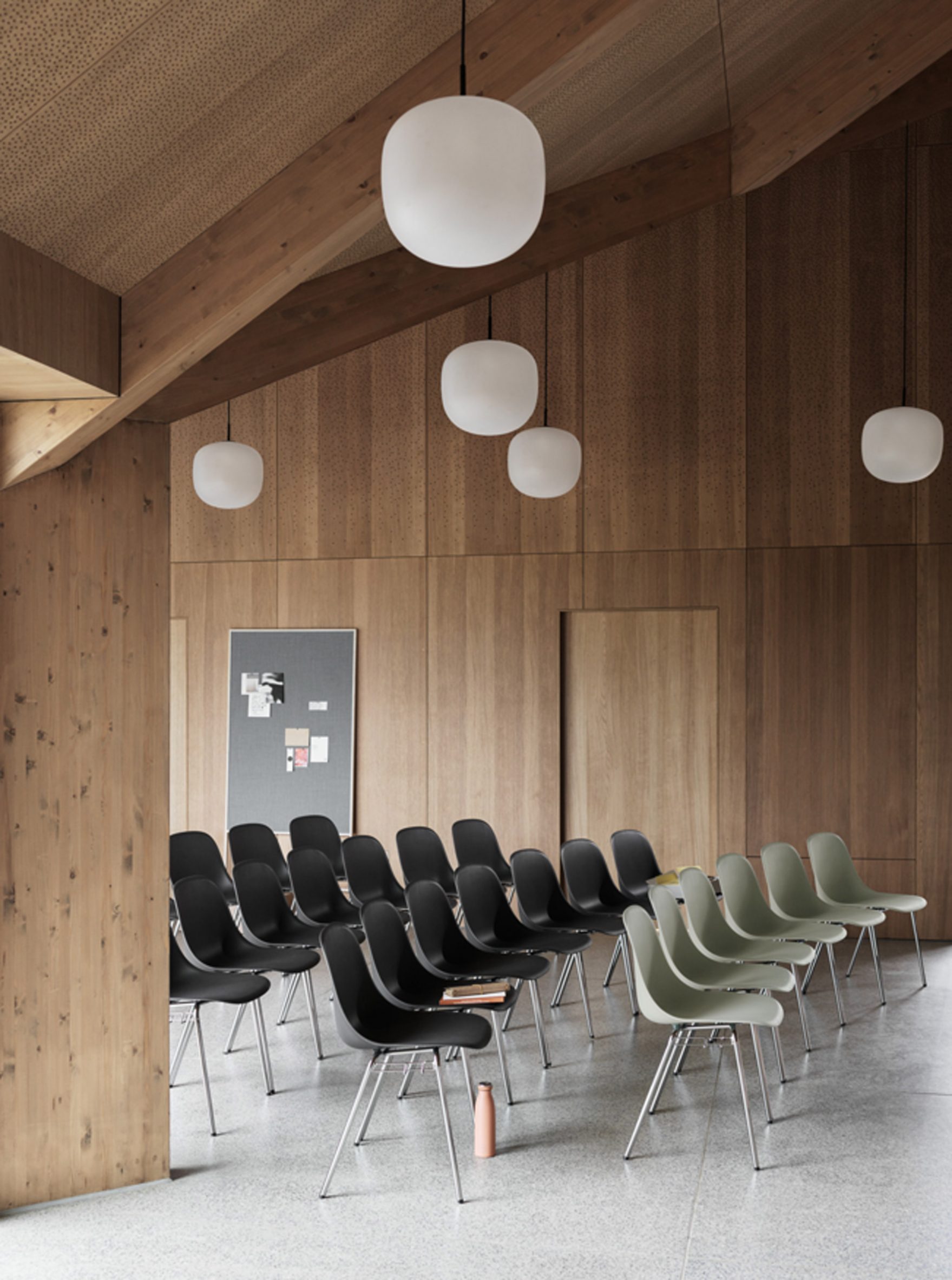 The shell of the Fiber Chair is made from a composite of plastic and FSC-certified wood fibers
The shell of the Fiber Chair is made from a composite of plastic and FSC-certified wood fibers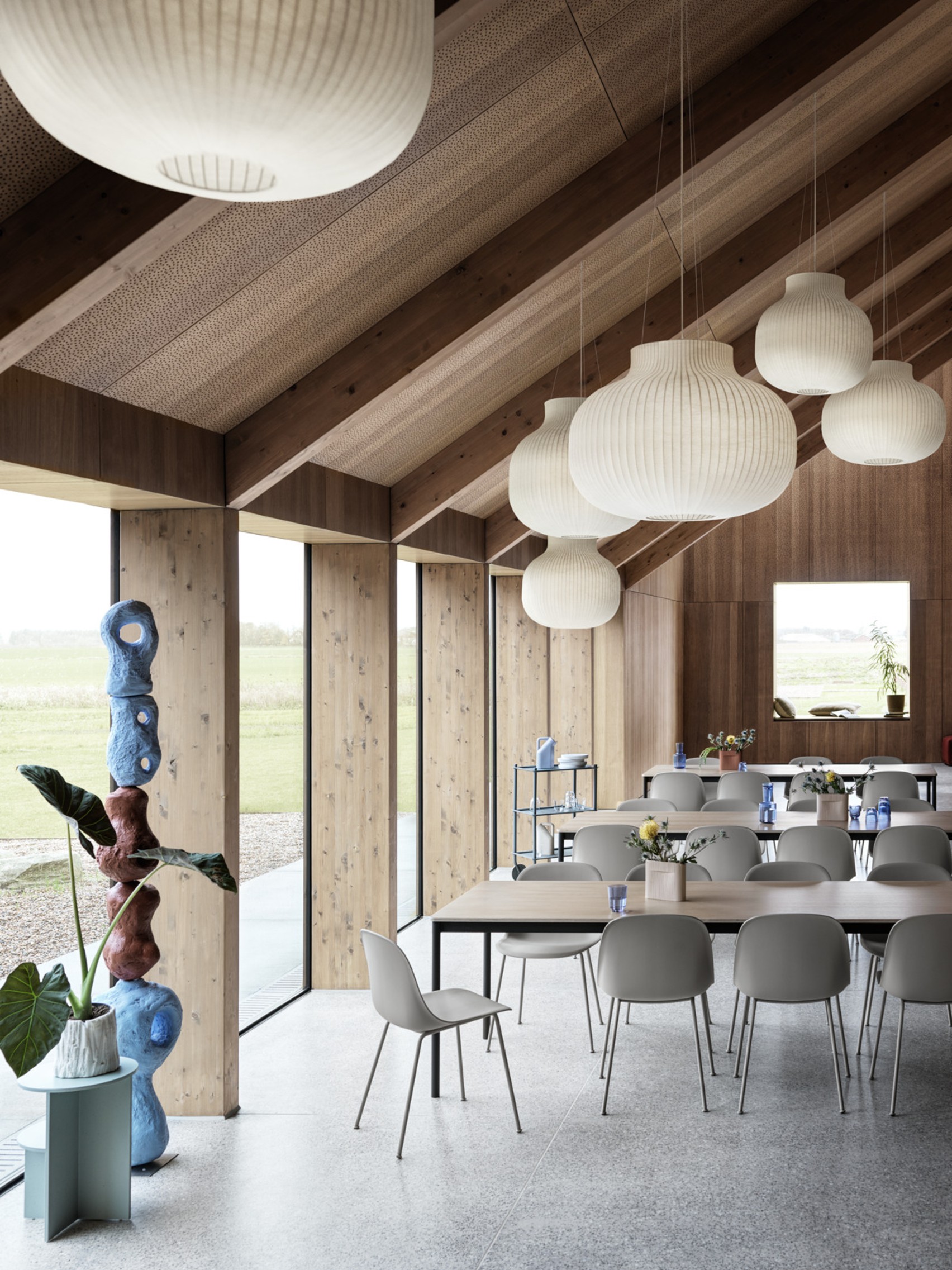 The chair is available in a range of colours including Dusty Green
The chair is available in a range of colours including Dusty Green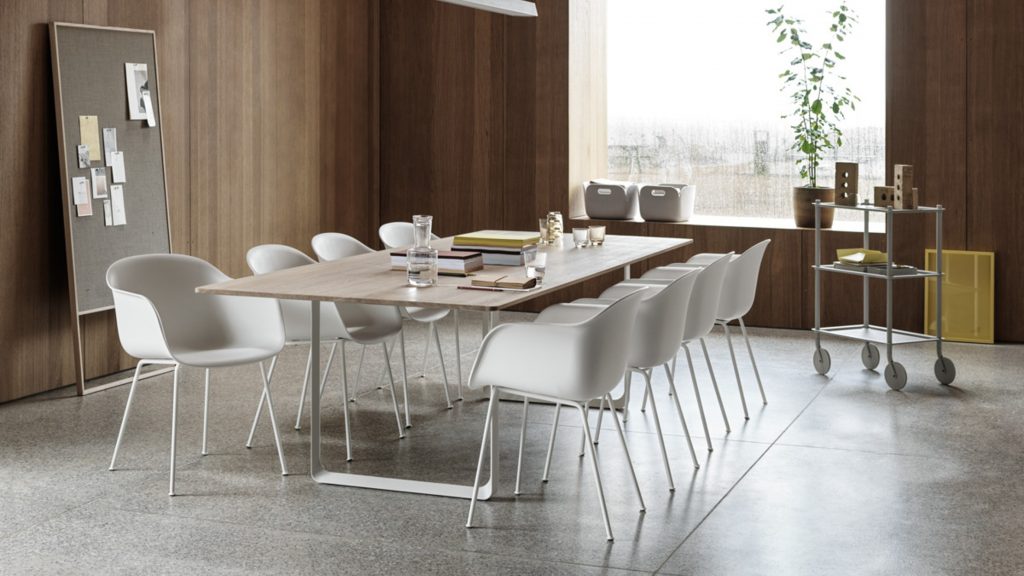






















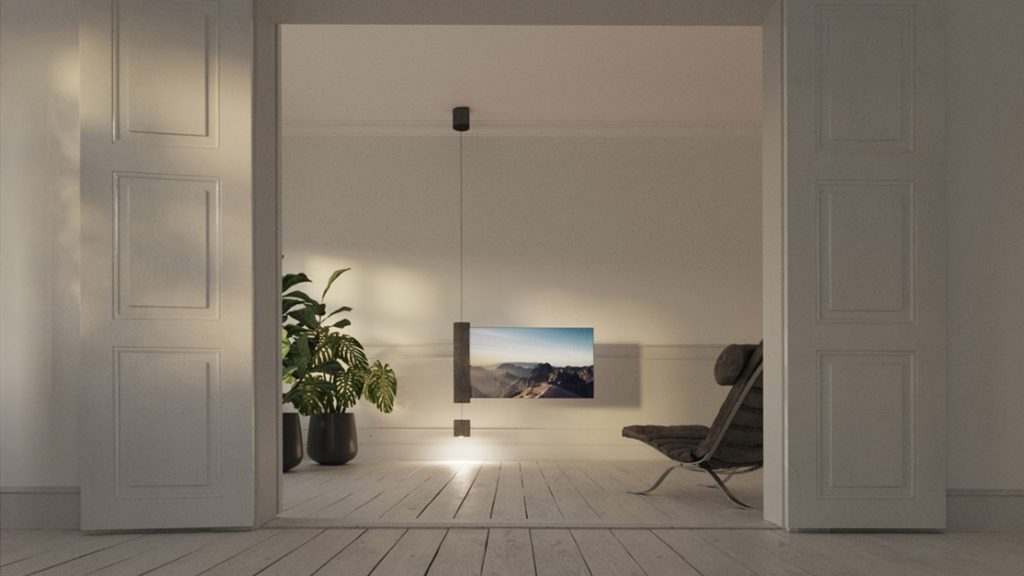
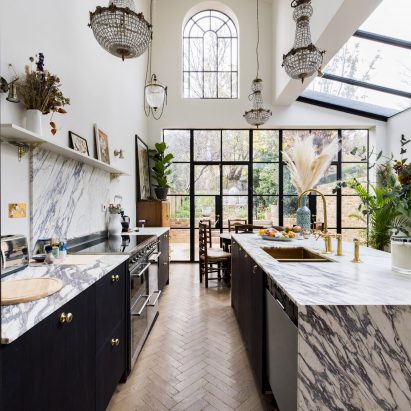
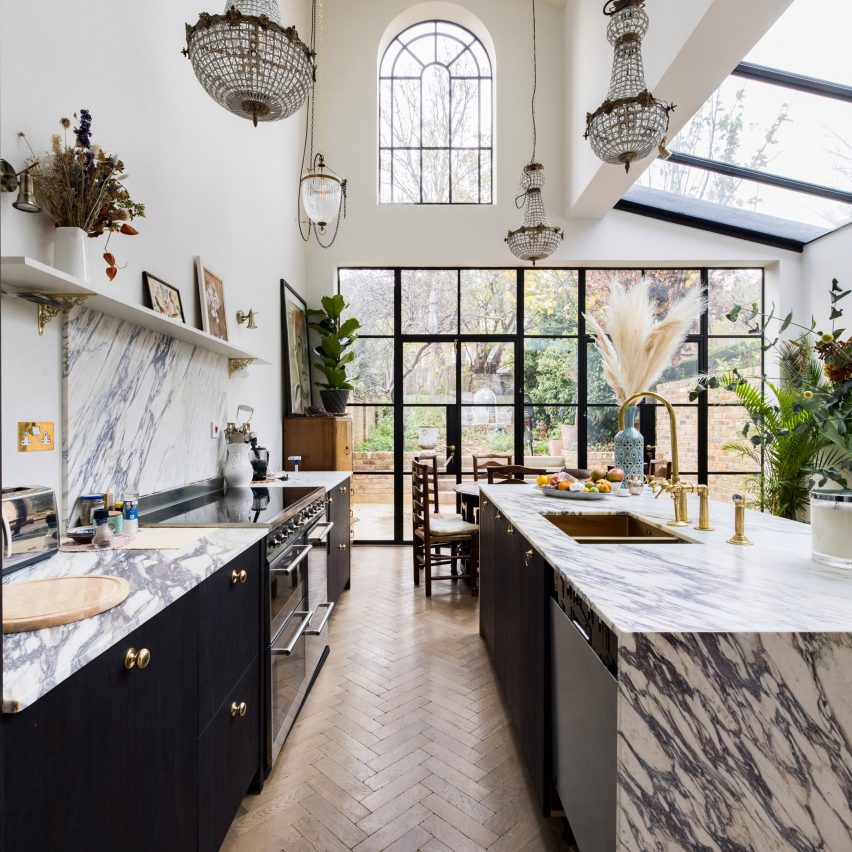
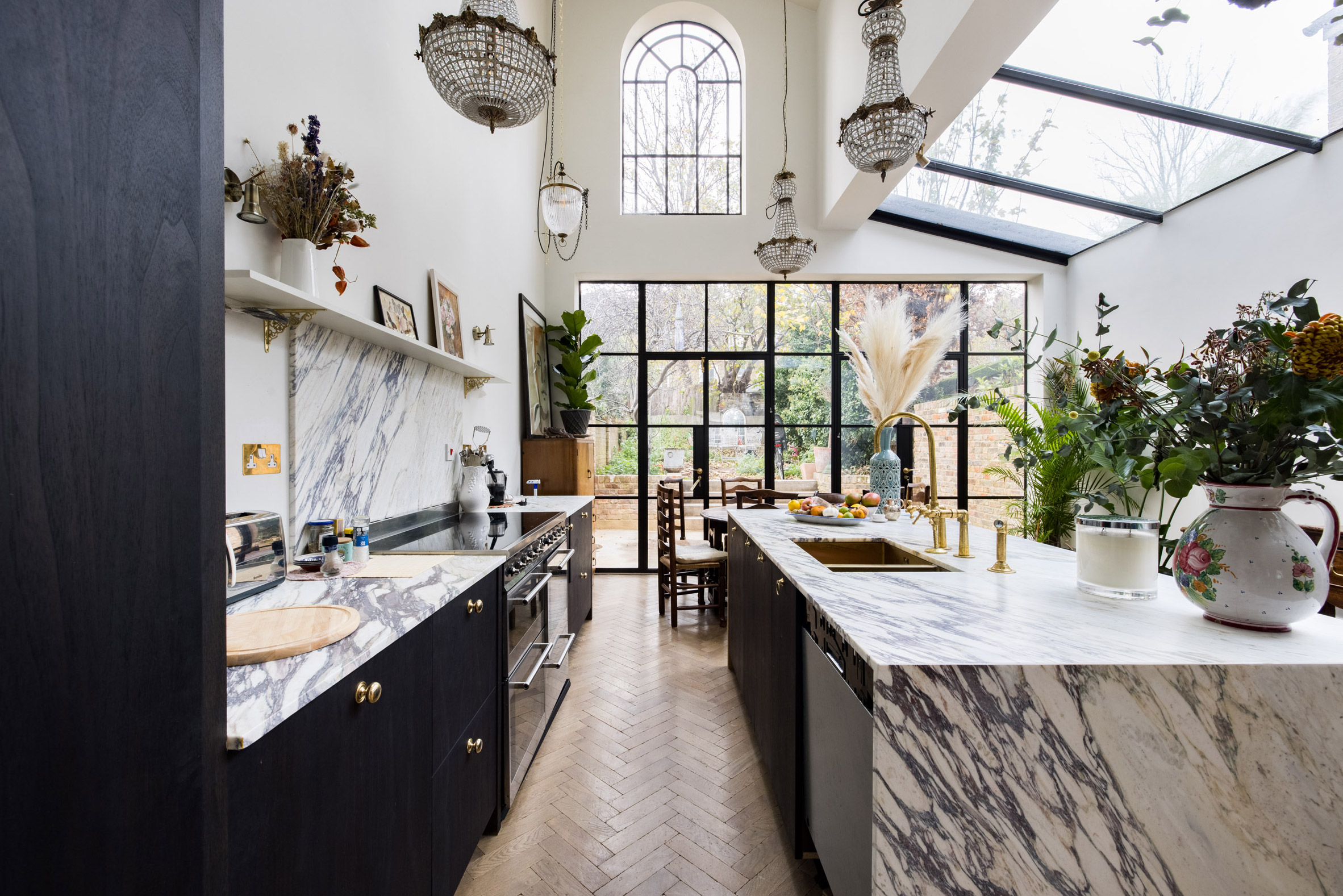 The Knowledge is a townhouse based in Lower Clapton, London
The Knowledge is a townhouse based in Lower Clapton, London The Norfolk Beacon has been featured on Channel 4's Homes by the Sea
The Norfolk Beacon has been featured on Channel 4's Homes by the Sea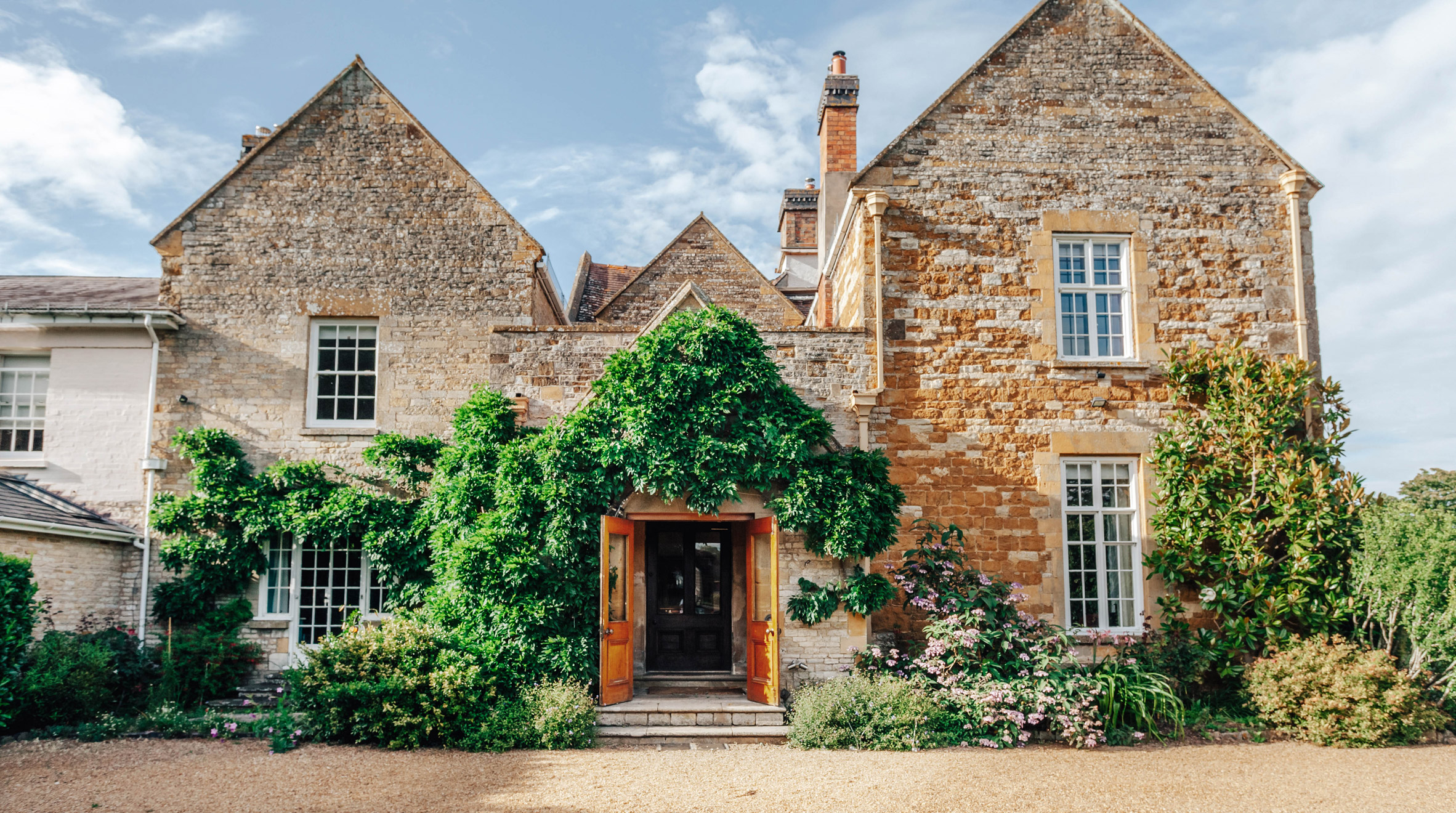 Gwen's Portrait is a family home based in Statford-upon-Avon
Gwen's Portrait is a family home based in Statford-upon-Avon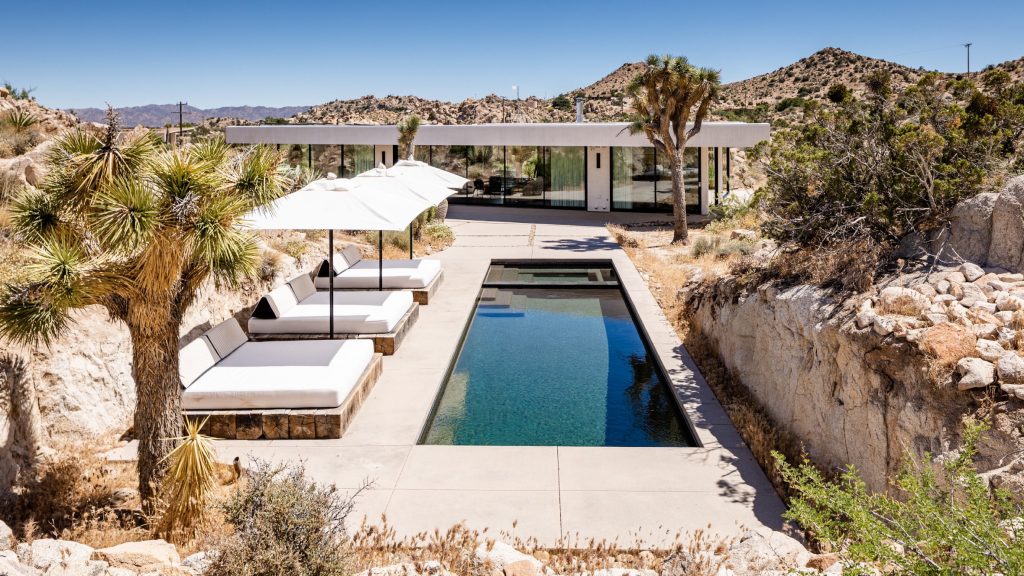
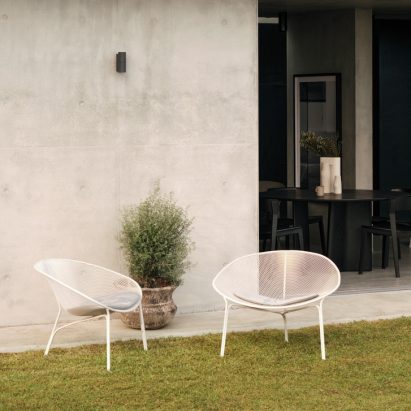
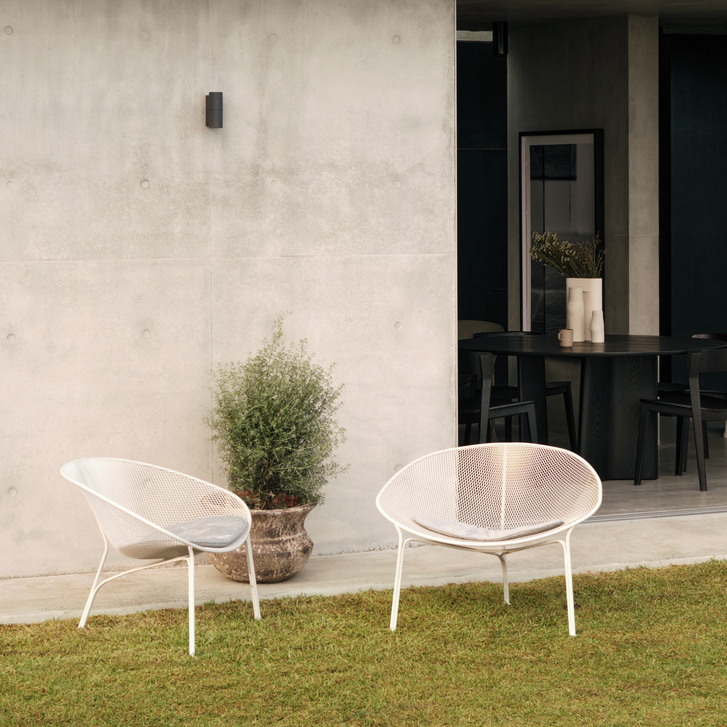
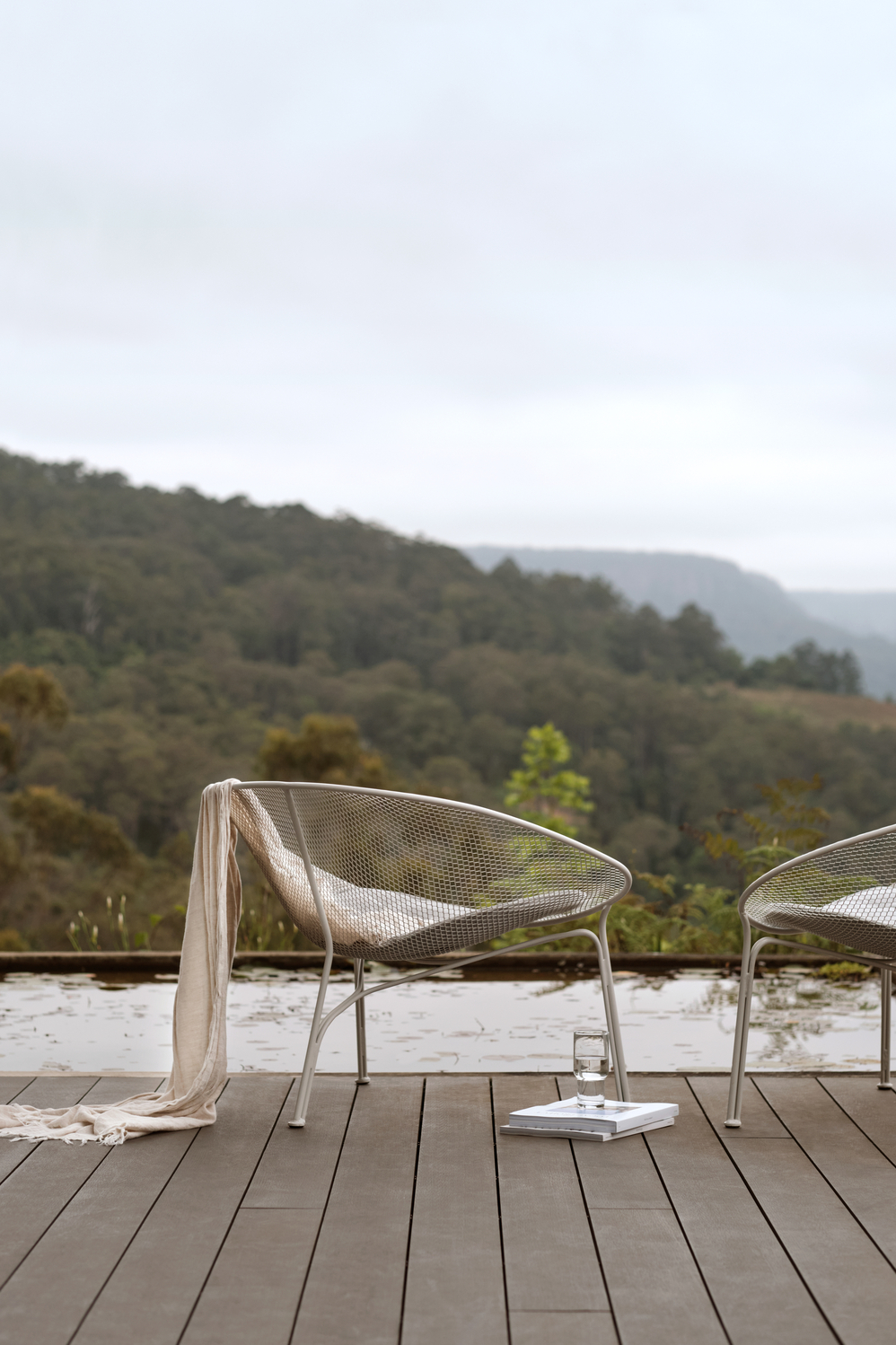 The Luna outdoor chair's fabric range includes textiles called Malibu, Oceania, Seacliff and Maldives
The Luna outdoor chair's fabric range includes textiles called Malibu, Oceania, Seacliff and Maldives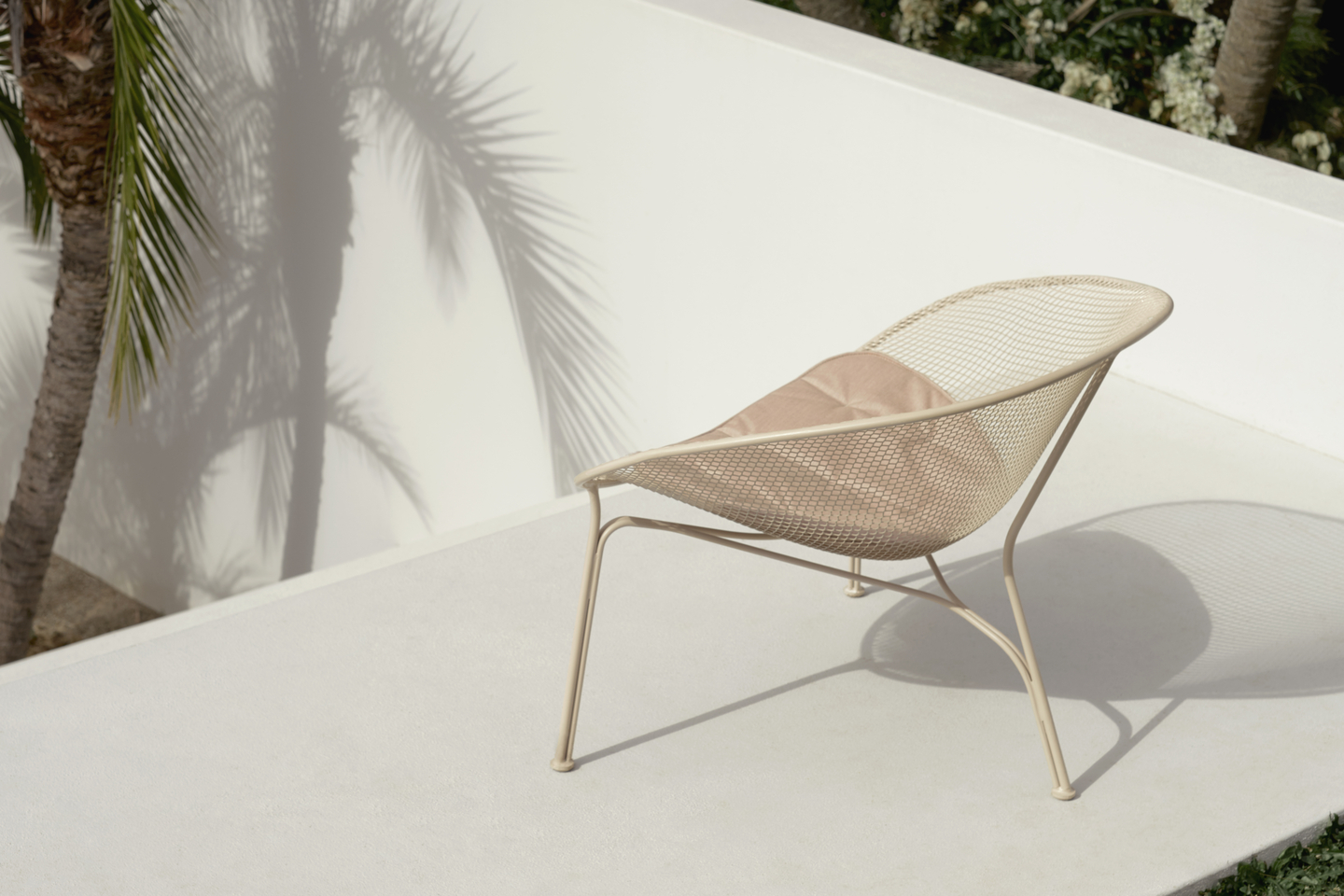 The Luna outdoor chair's back and base are made from expanded steel mesh with an intricate net-like structure
The Luna outdoor chair's back and base are made from expanded steel mesh with an intricate net-like structure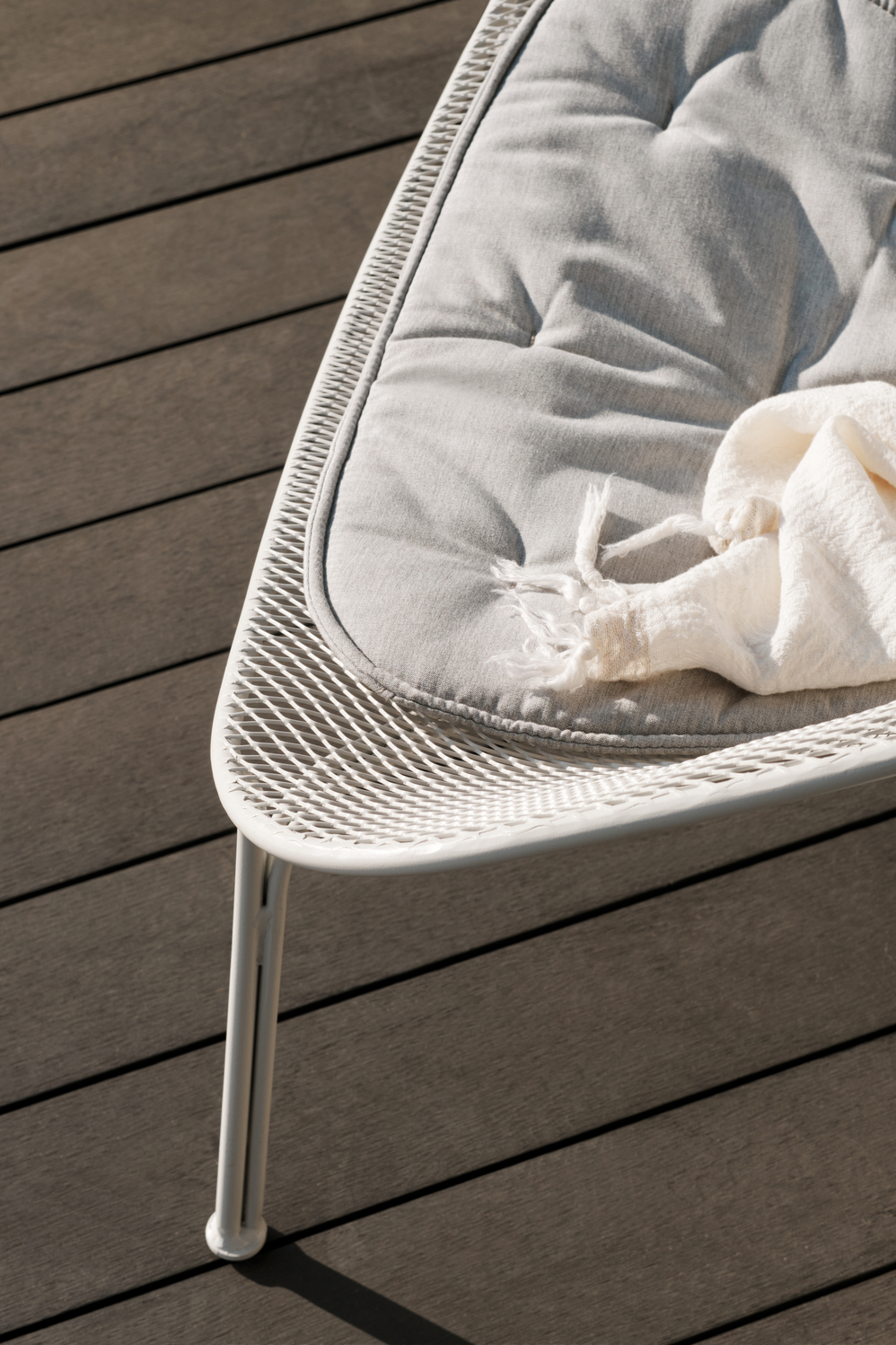 Three readers will win a Luna outdoor chair in a fabric and colour of their choice
Three readers will win a Luna outdoor chair in a fabric and colour of their choice